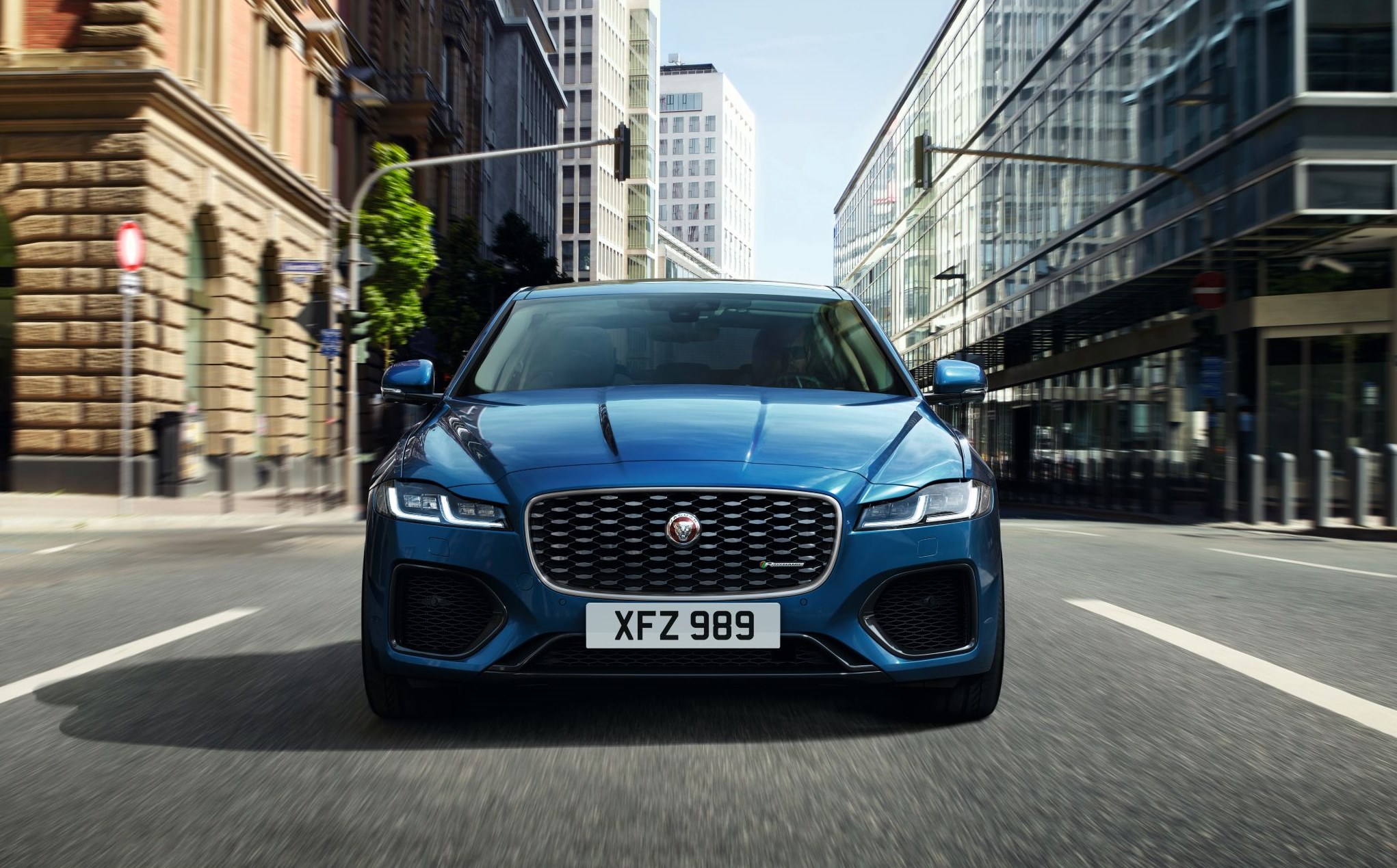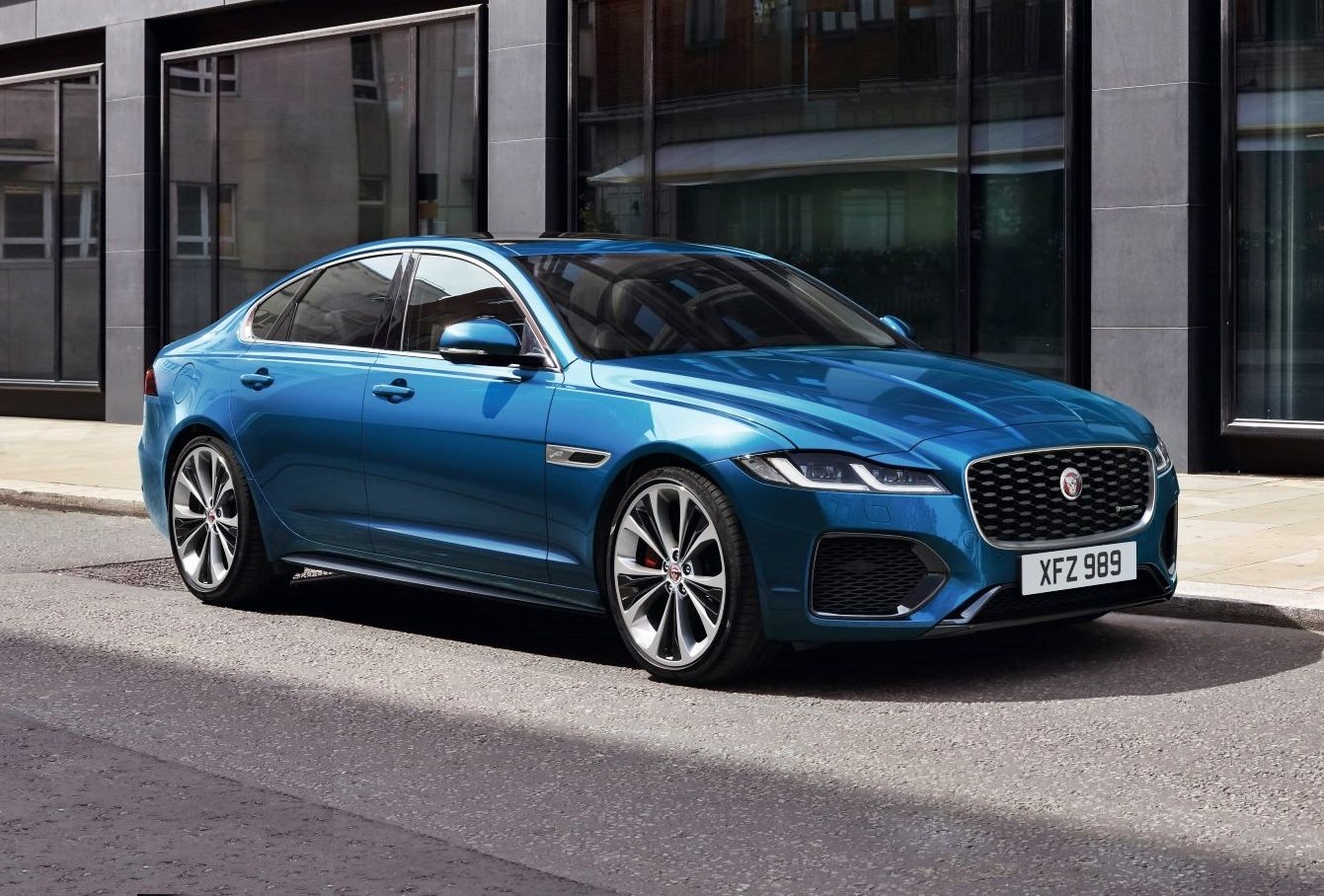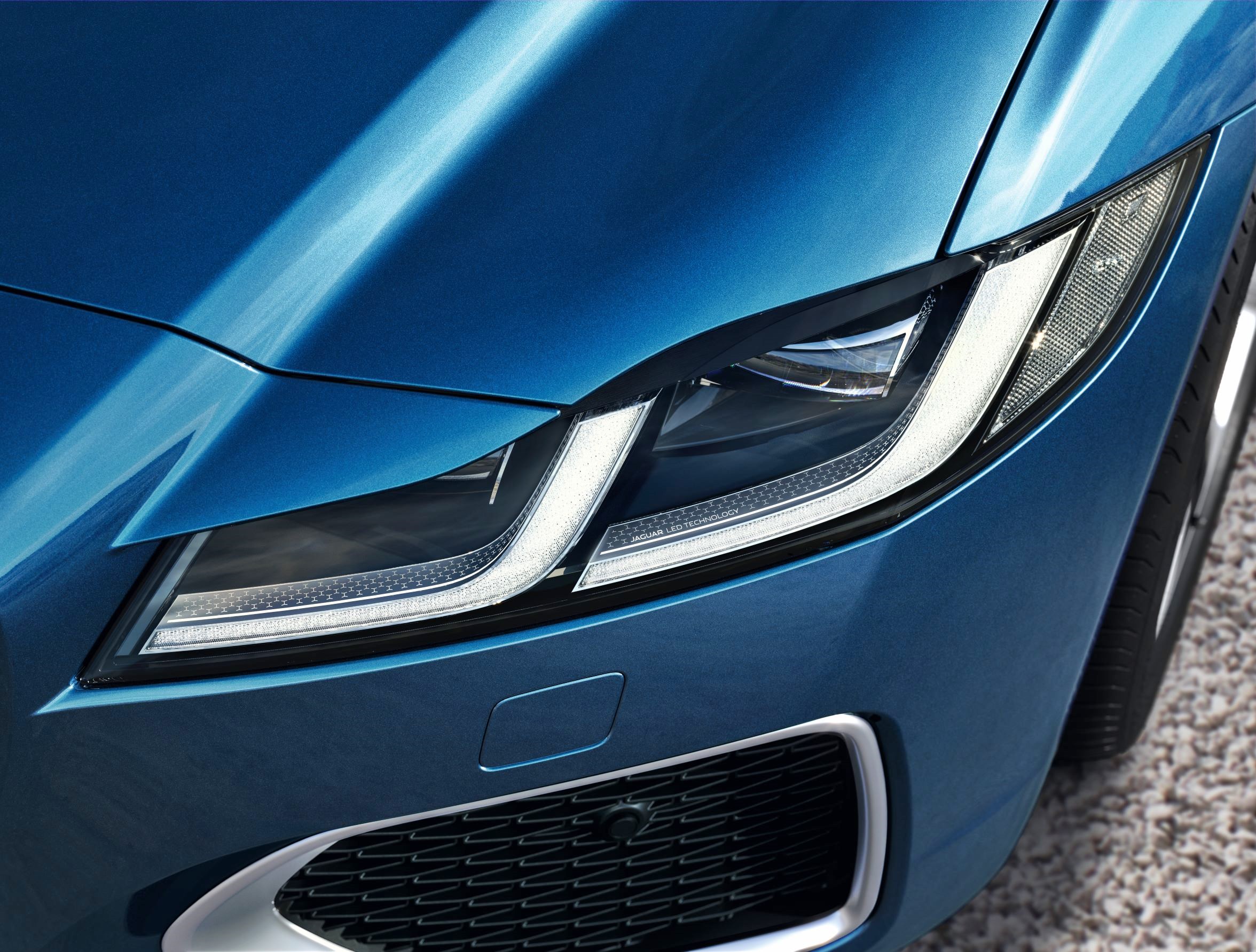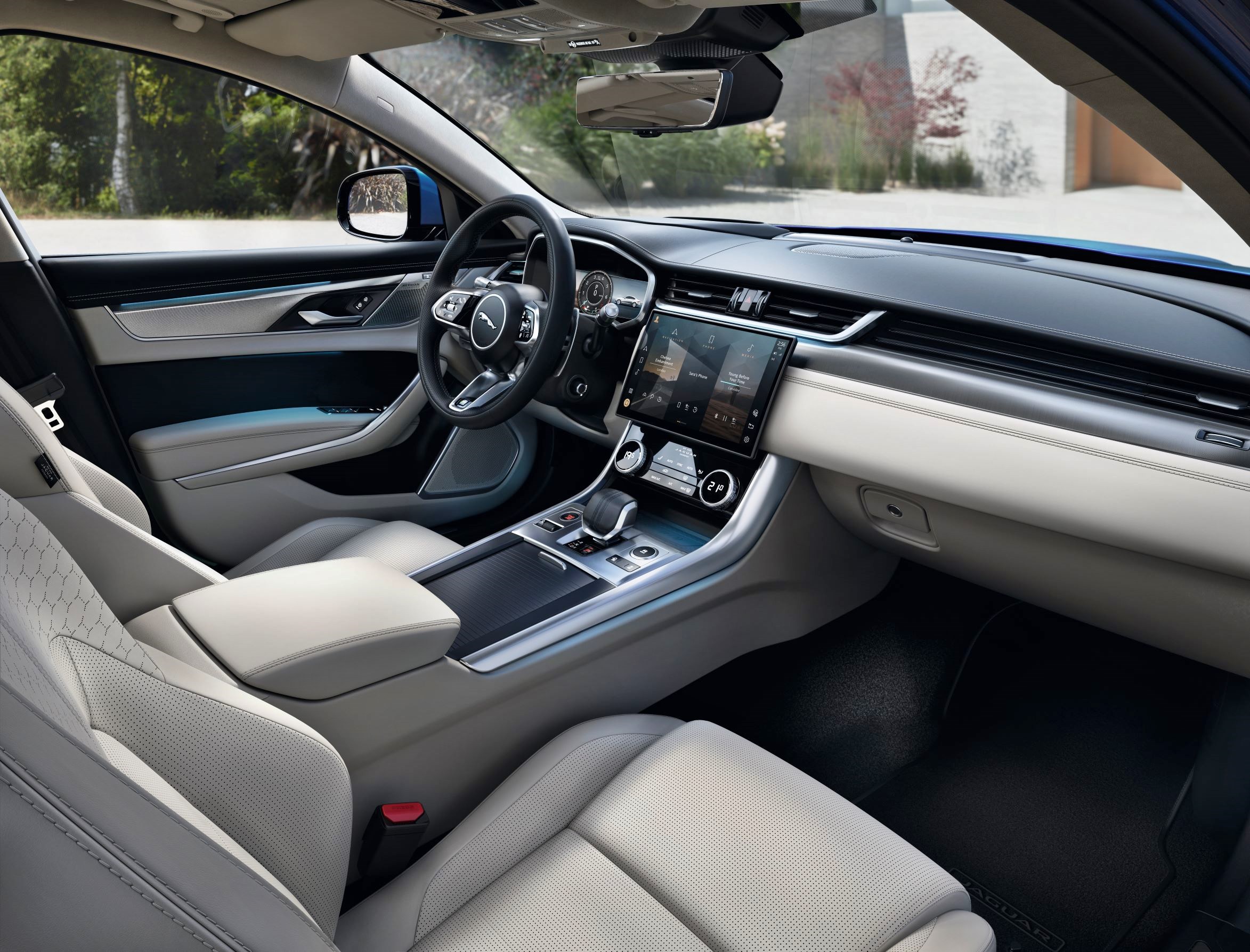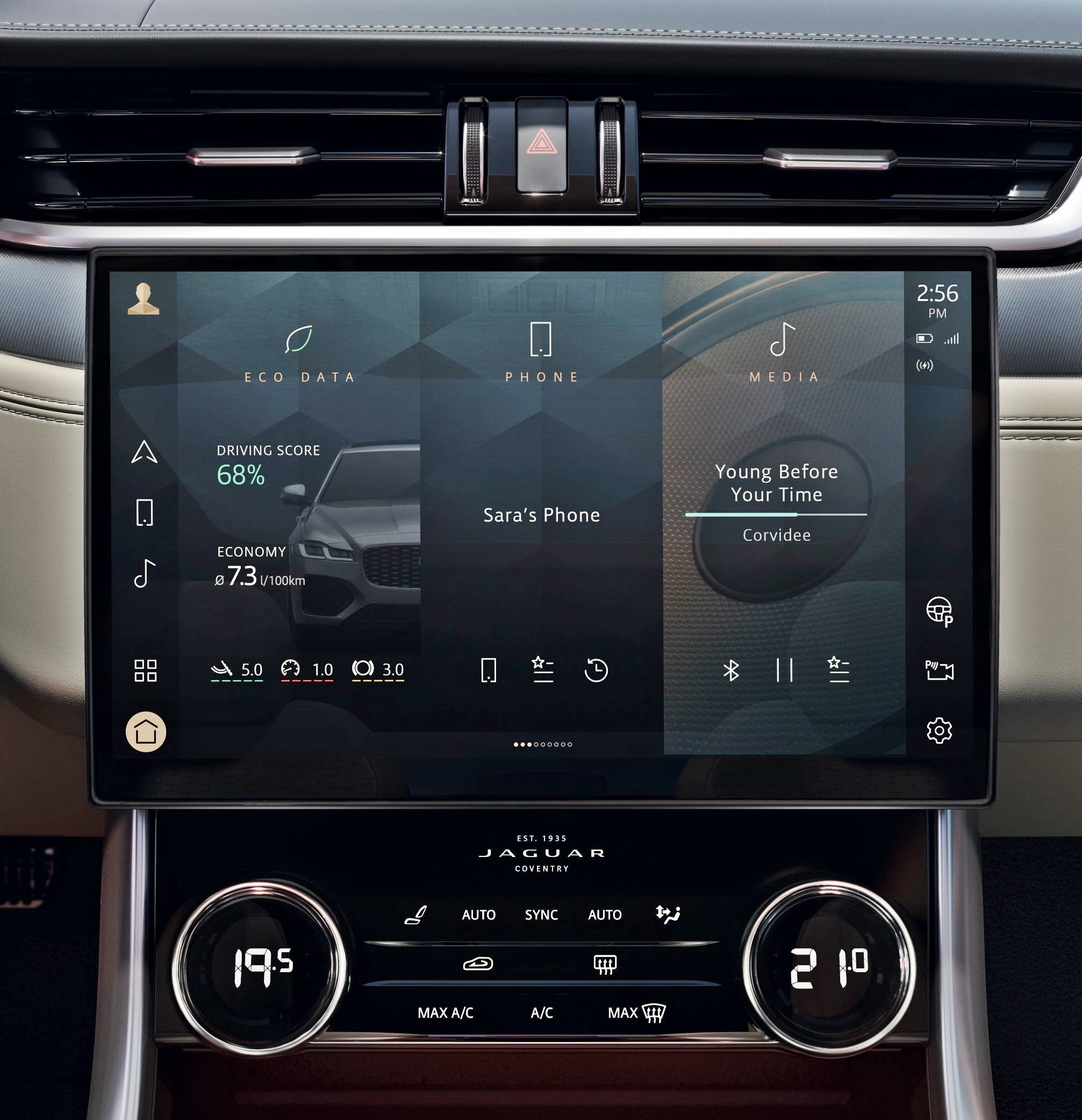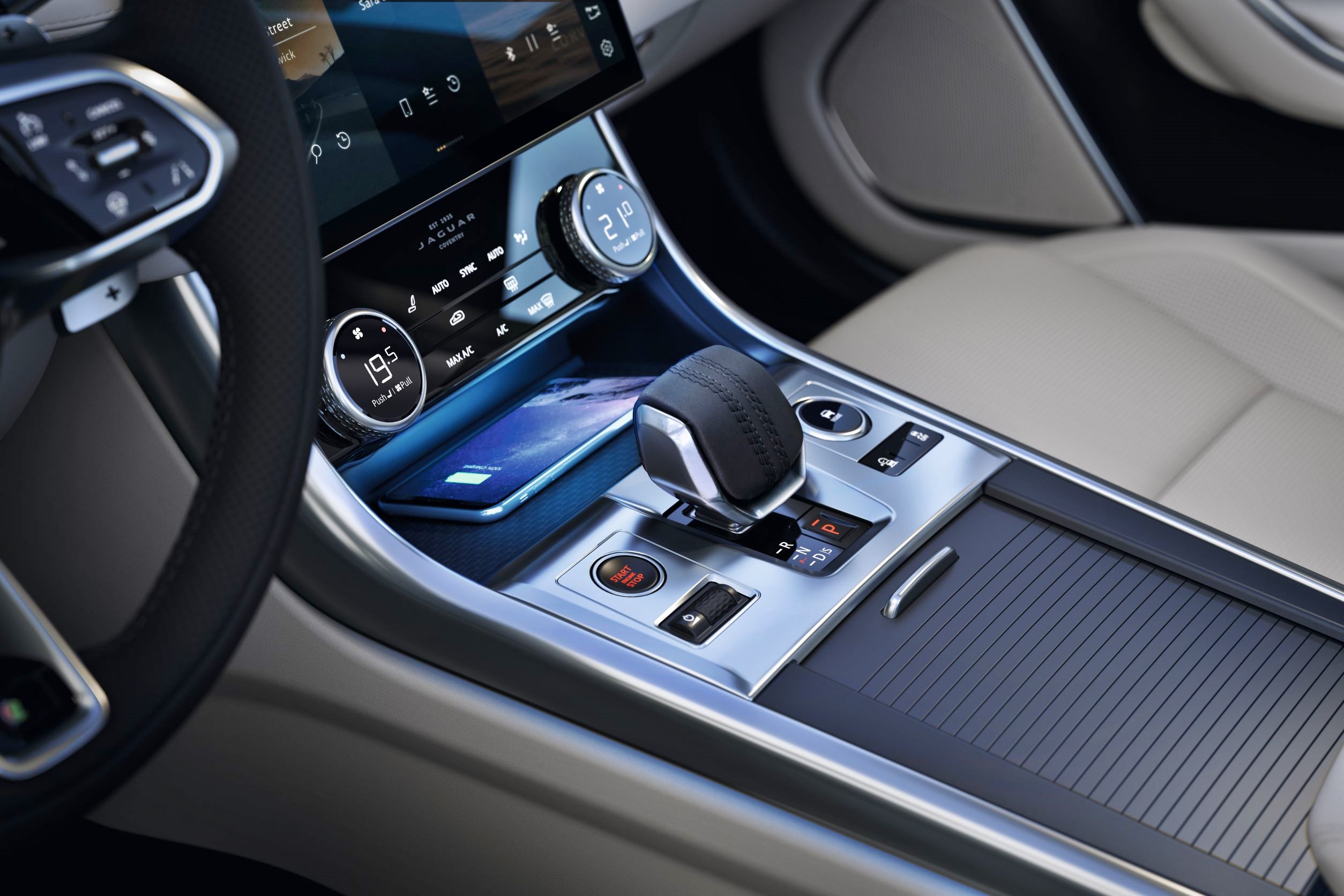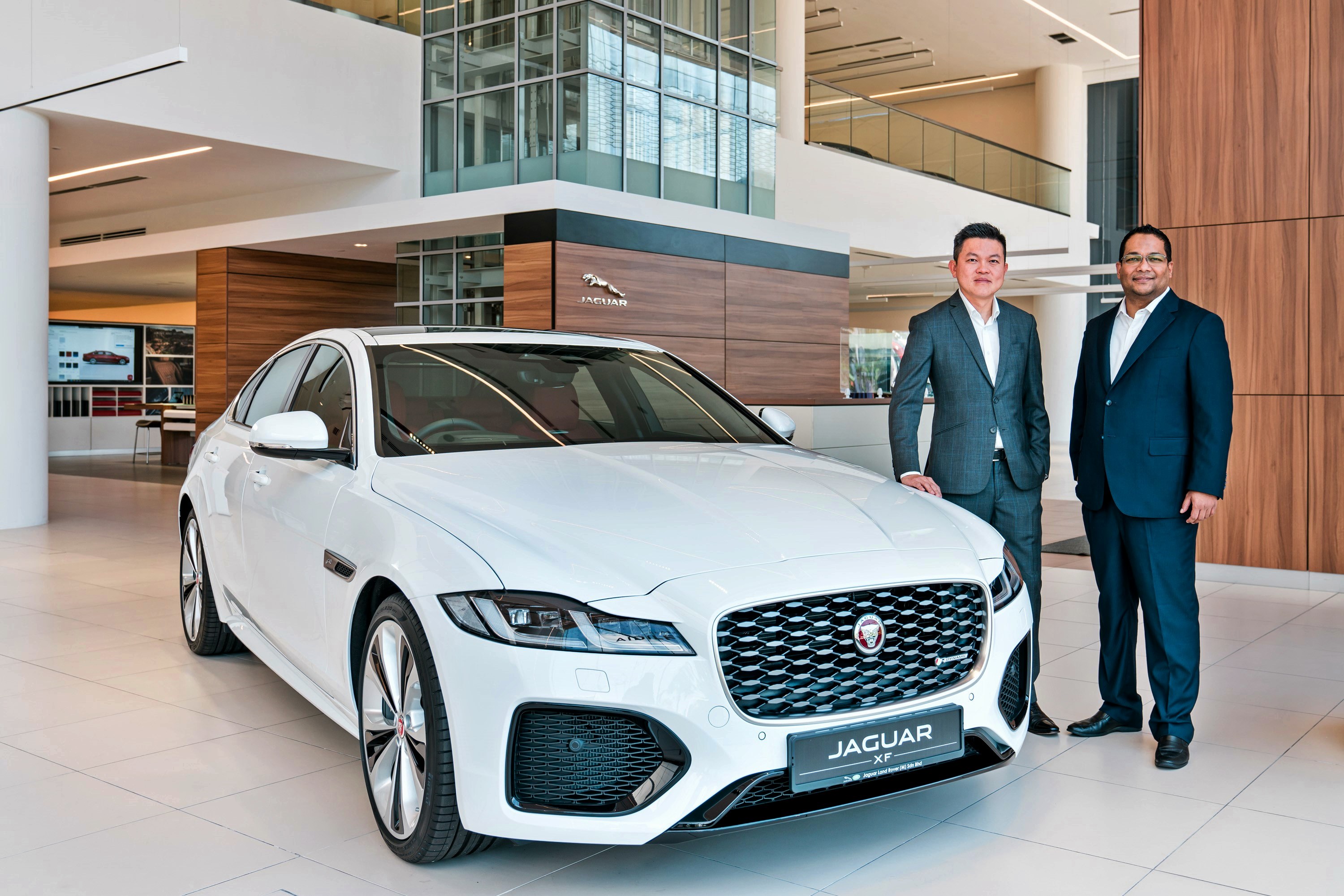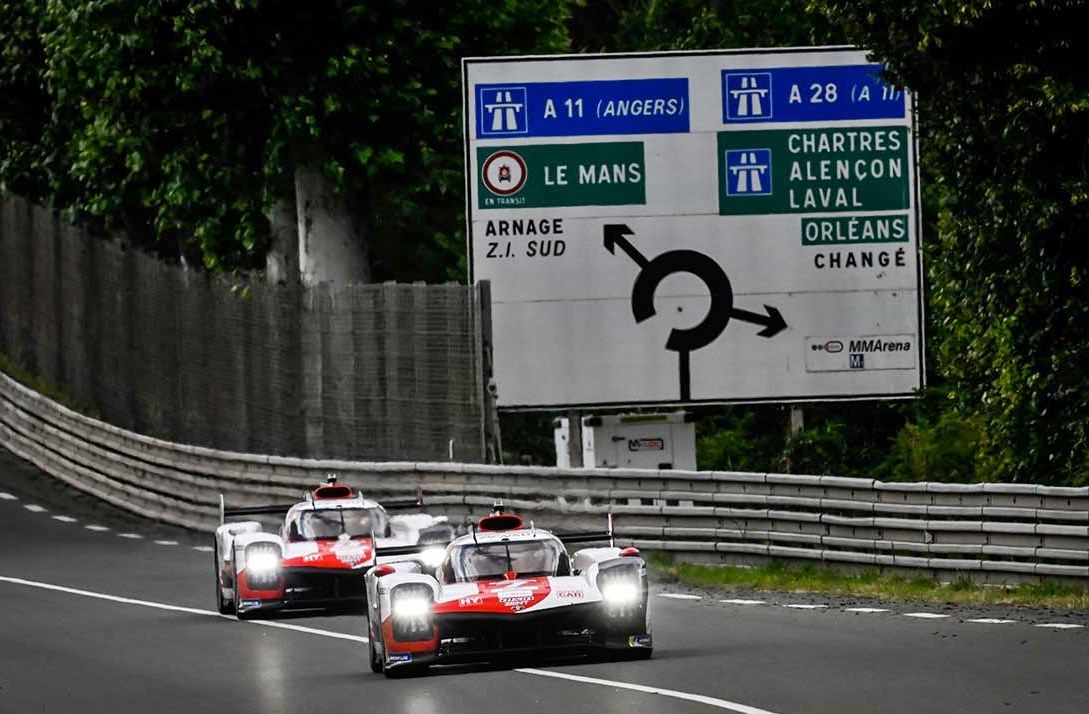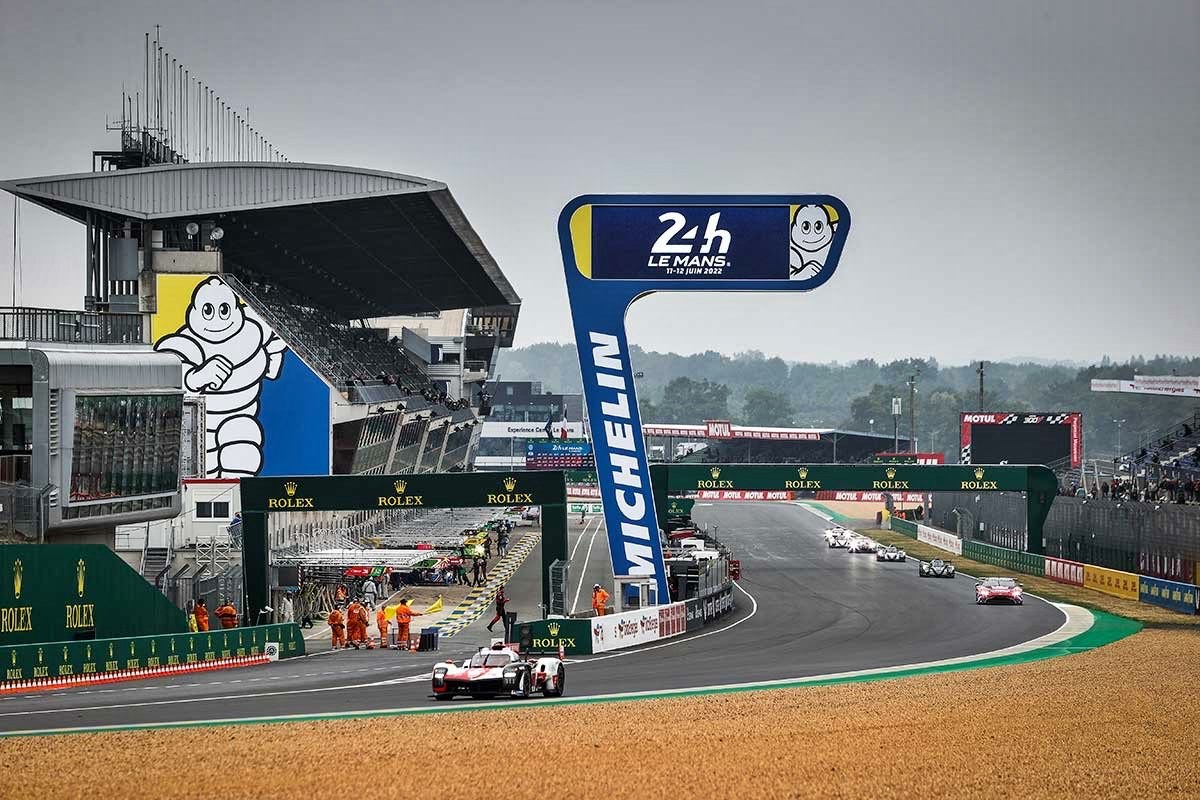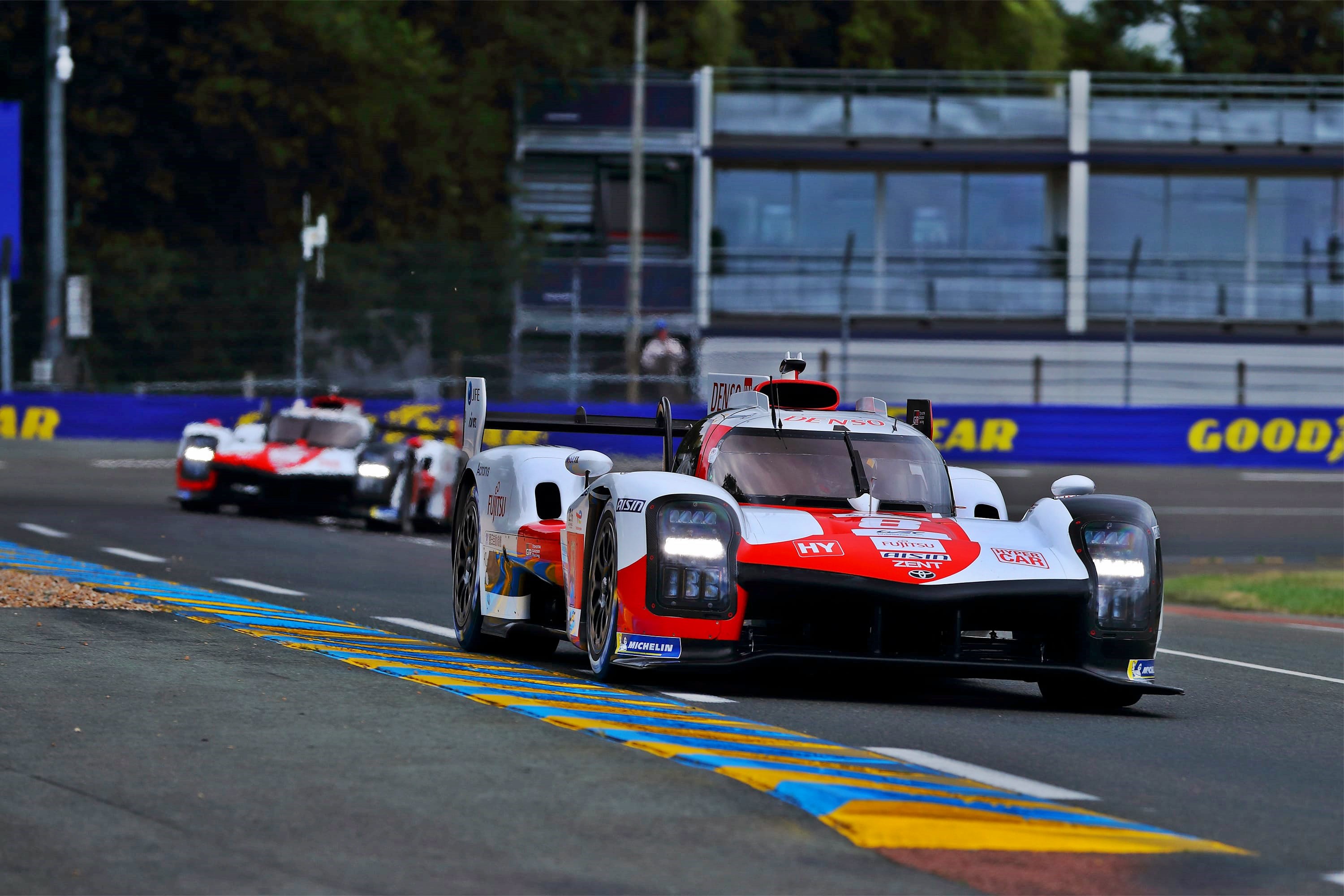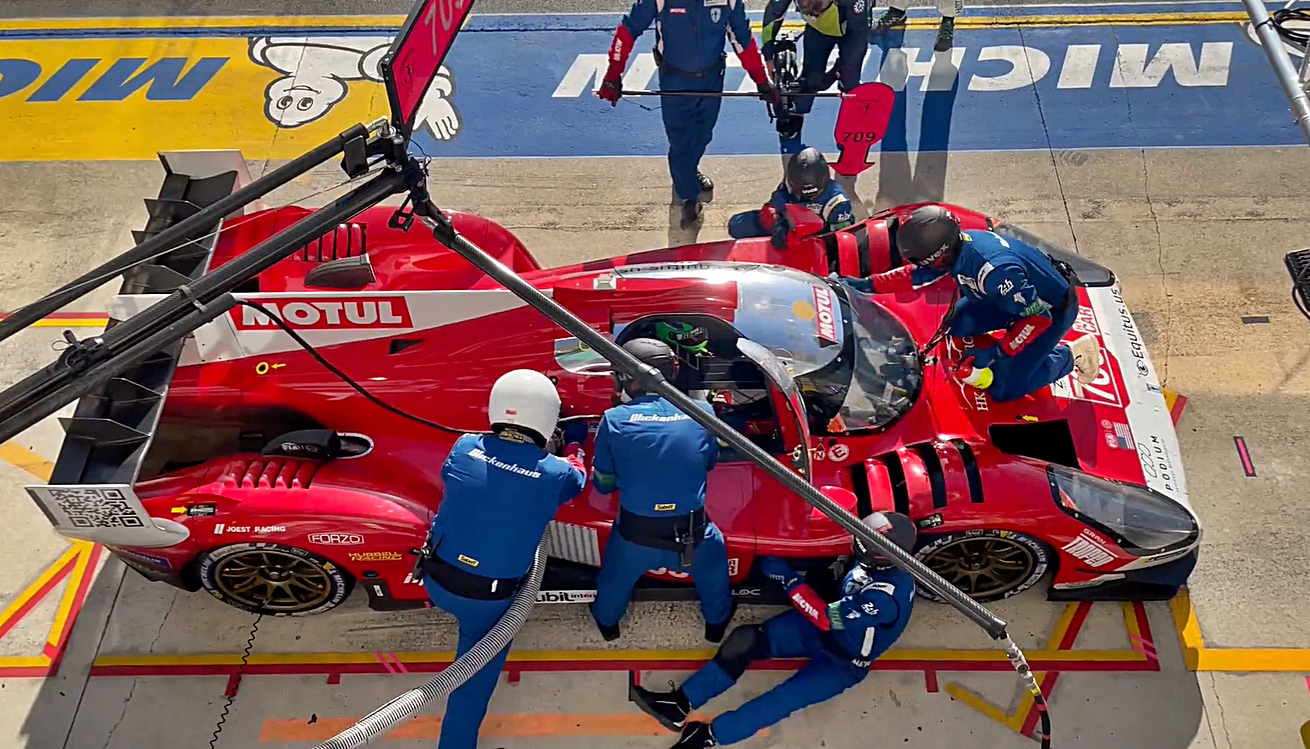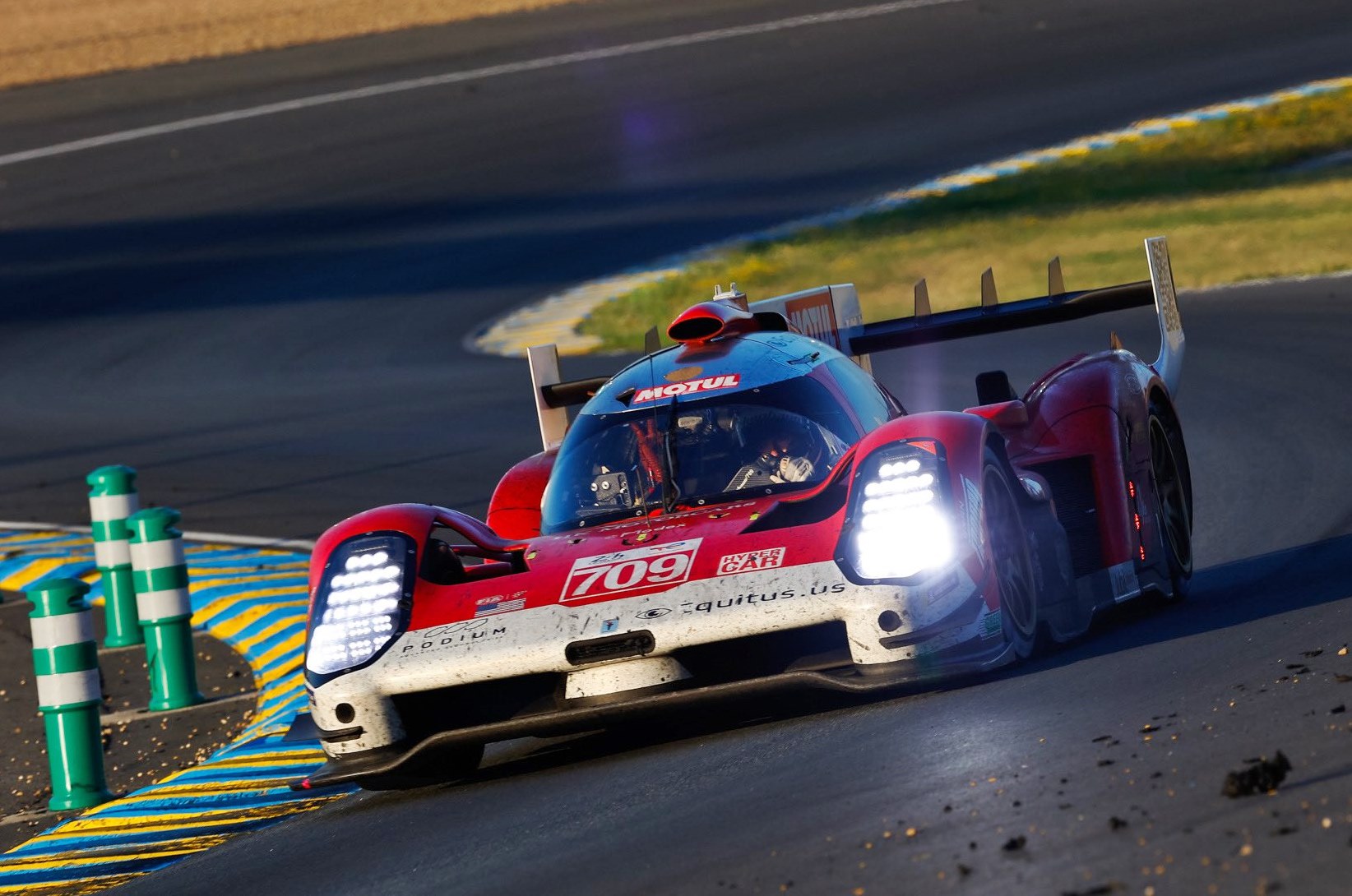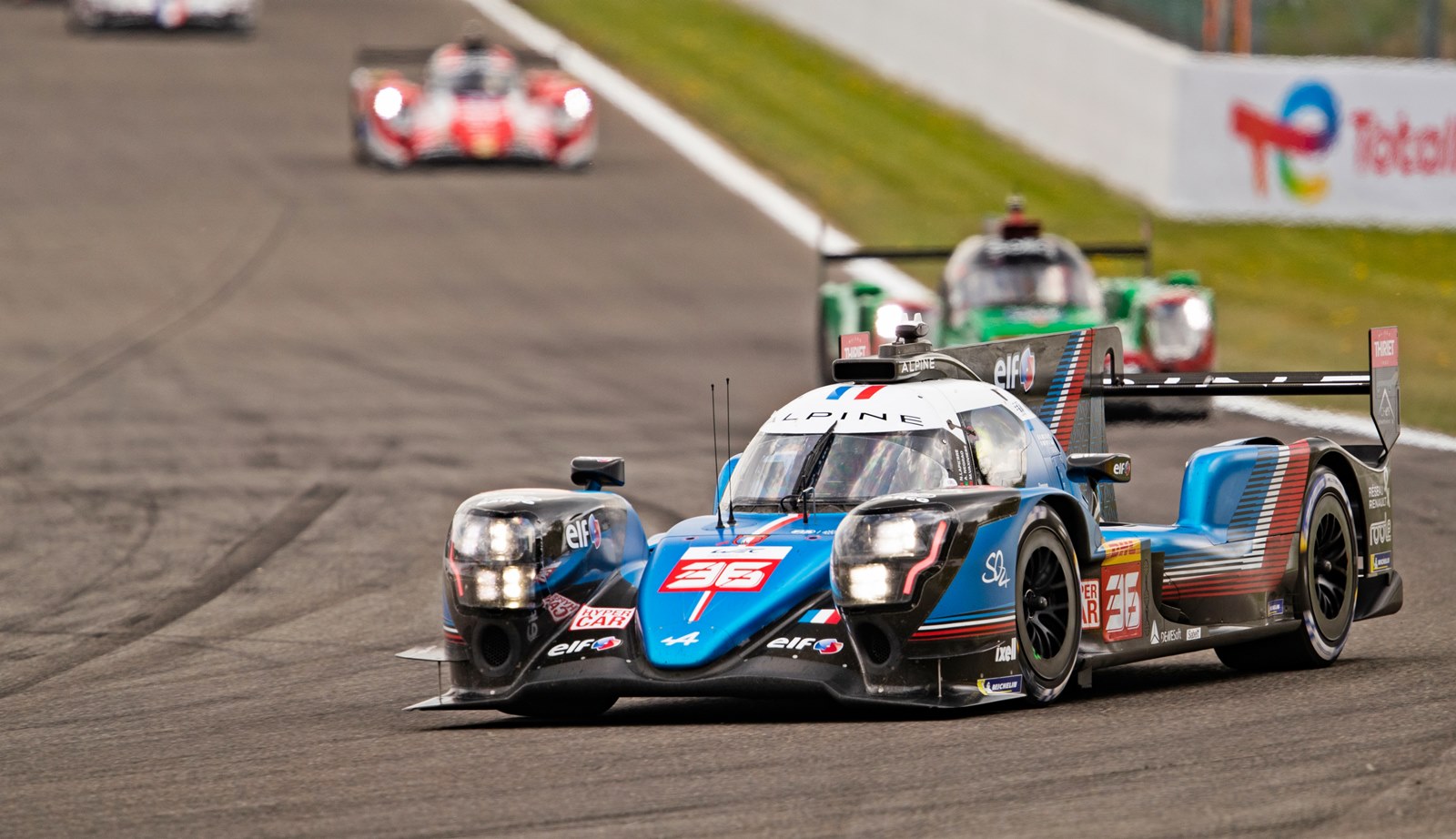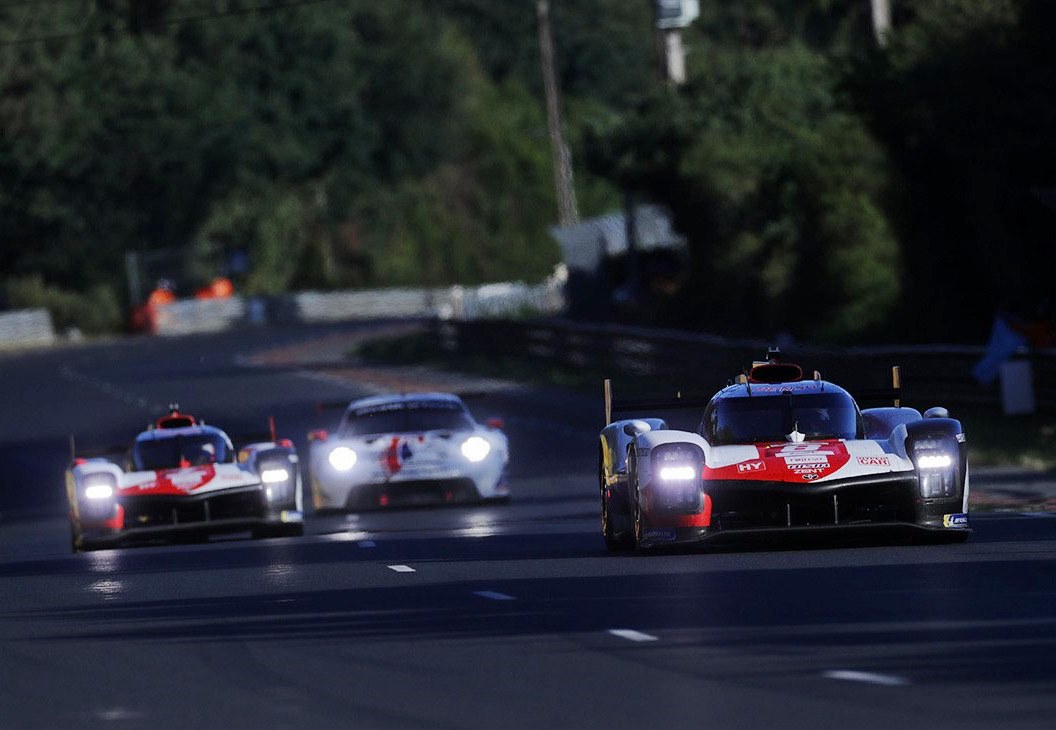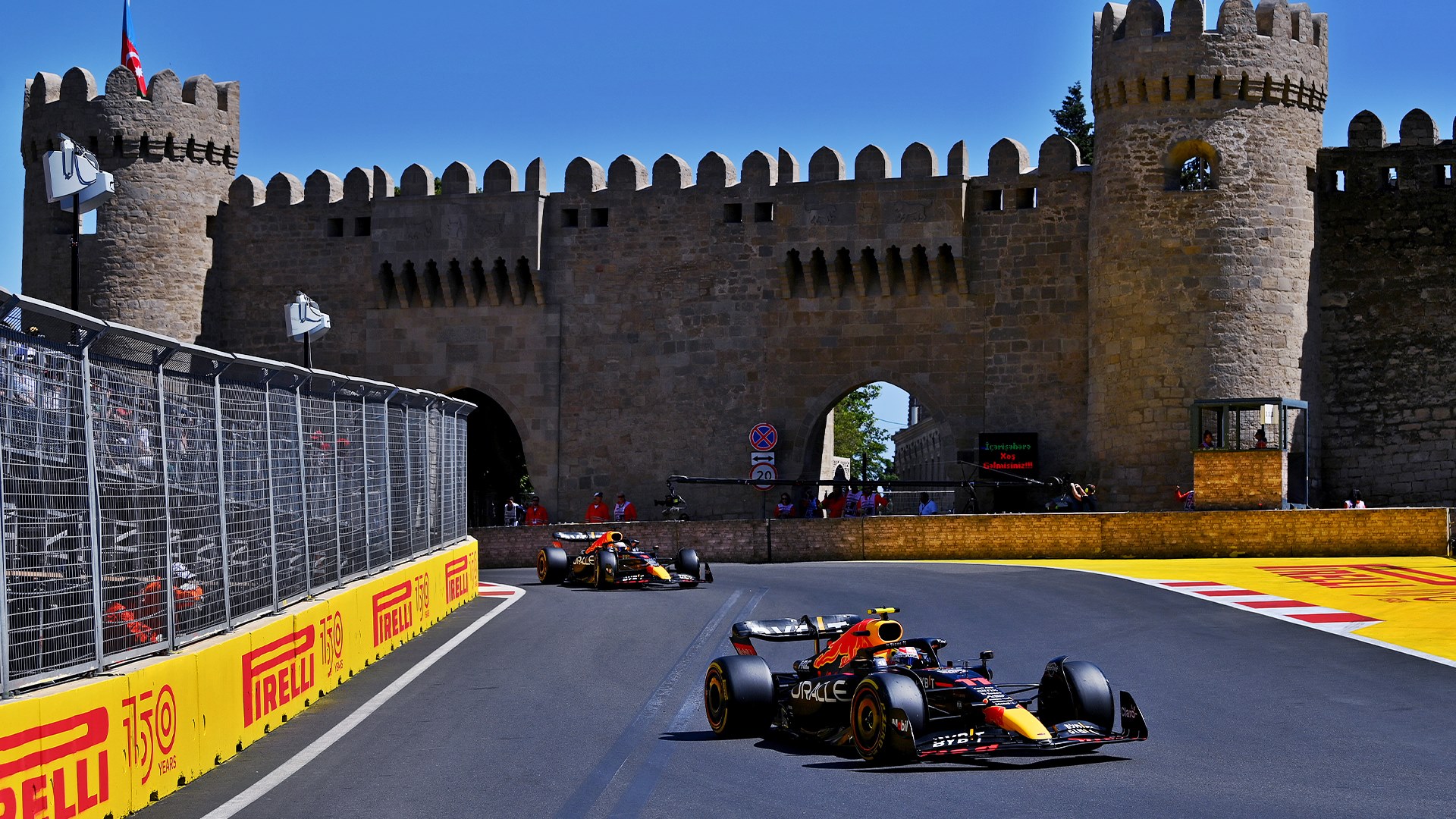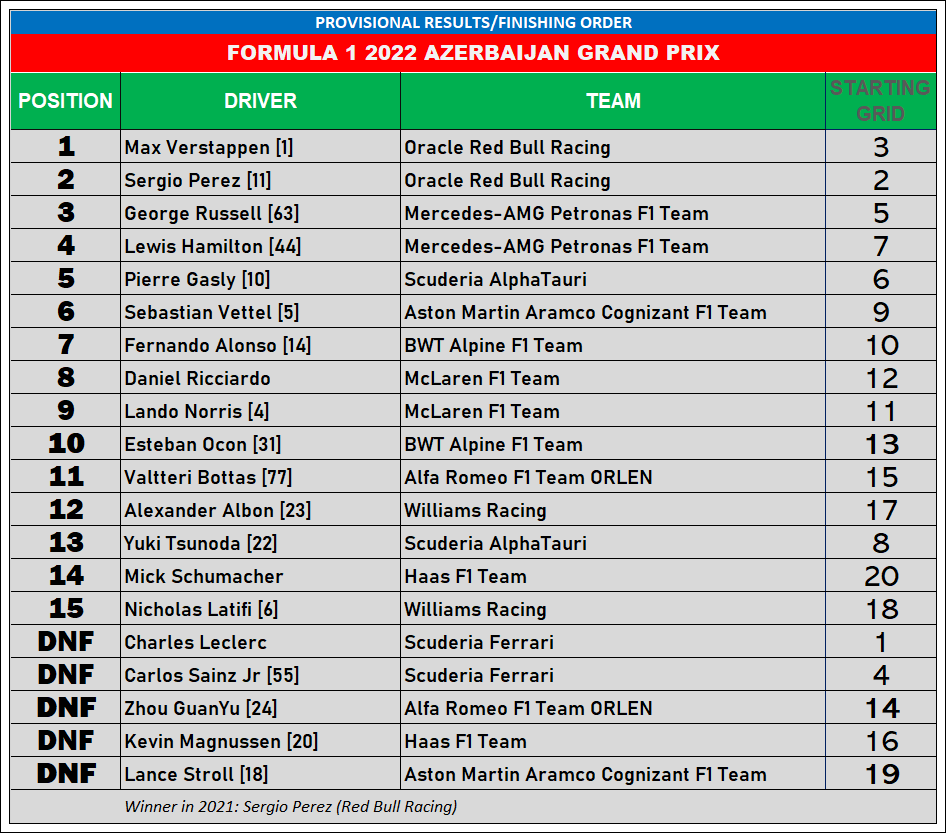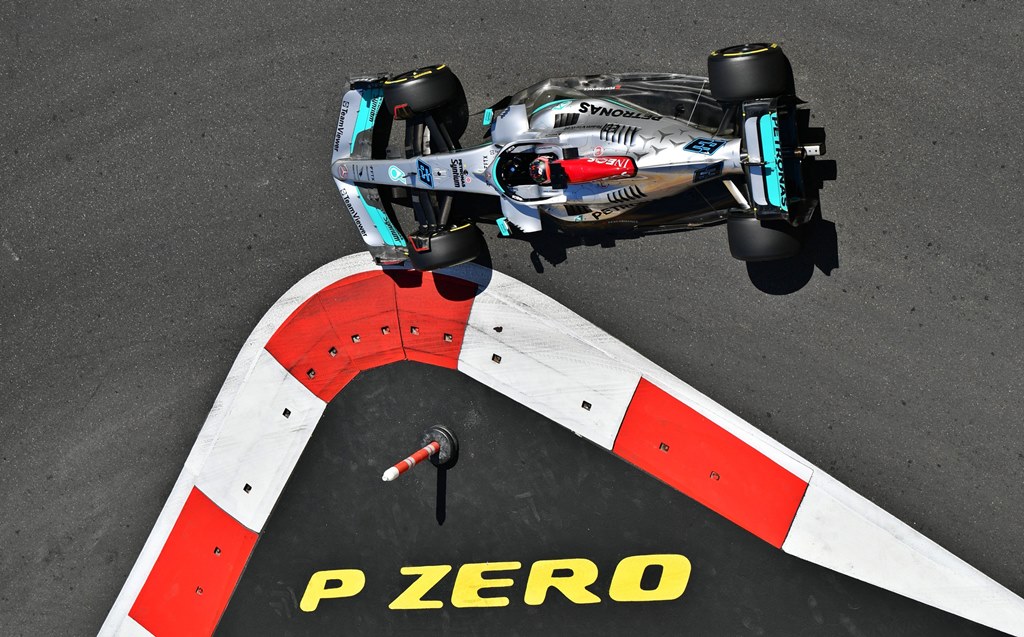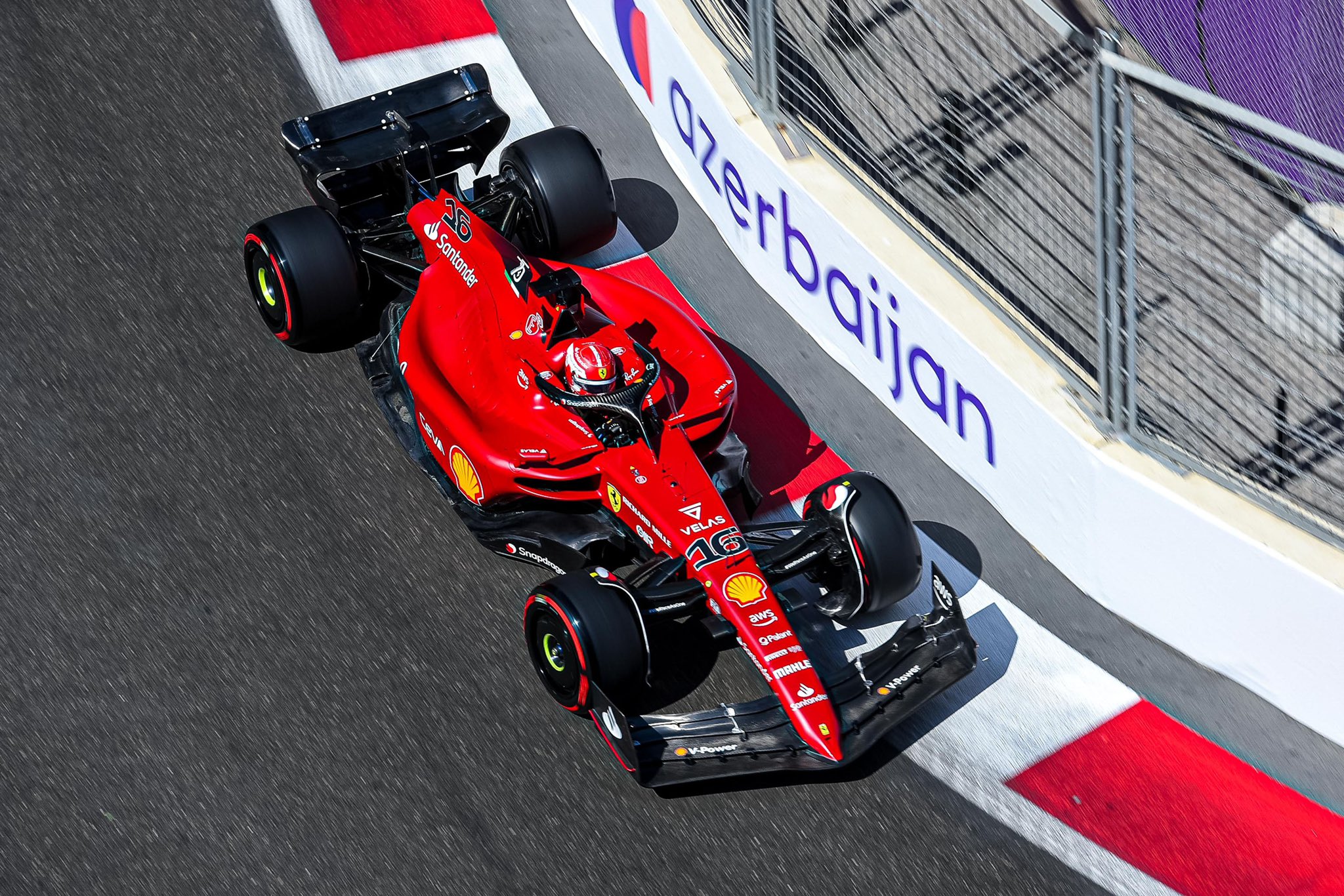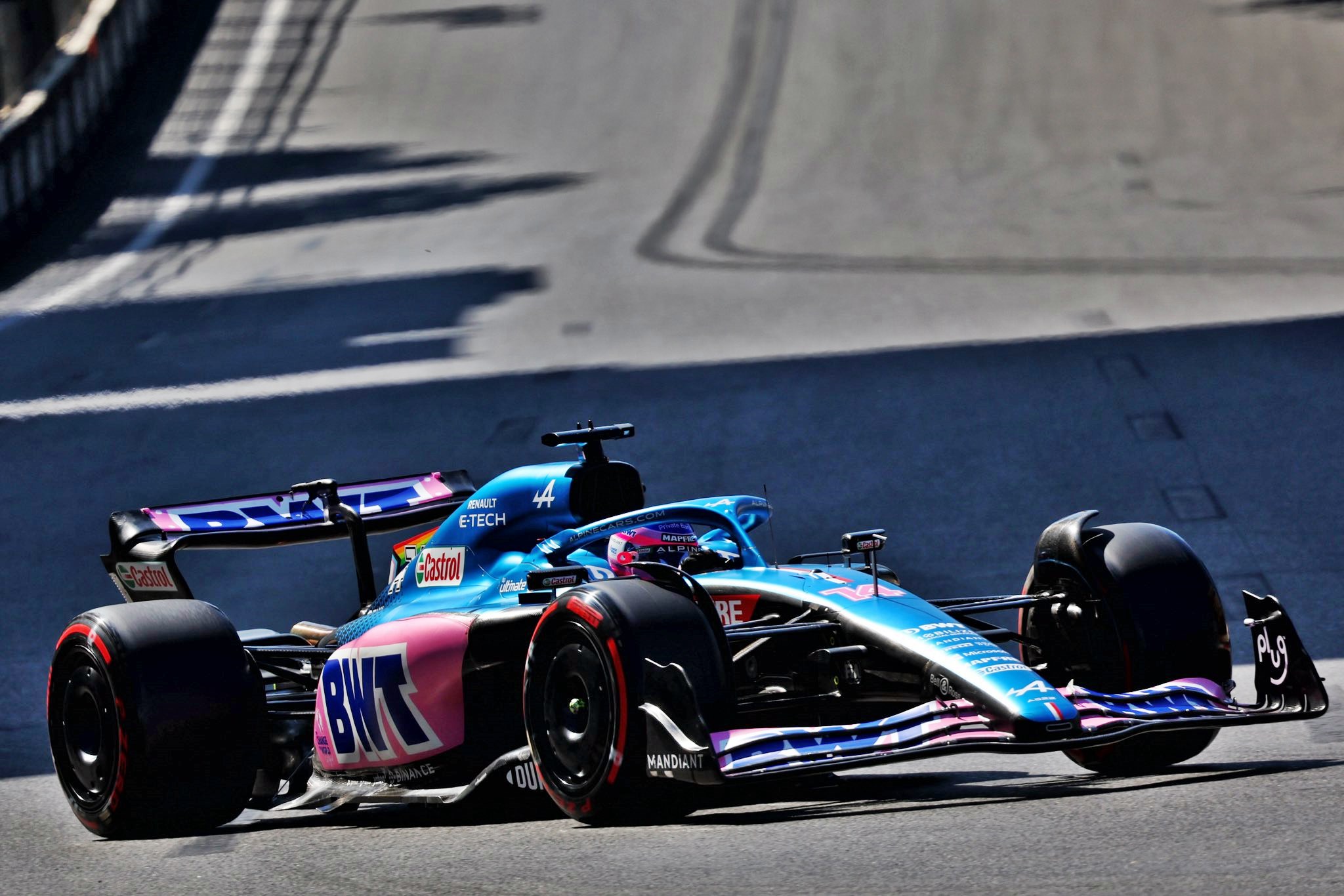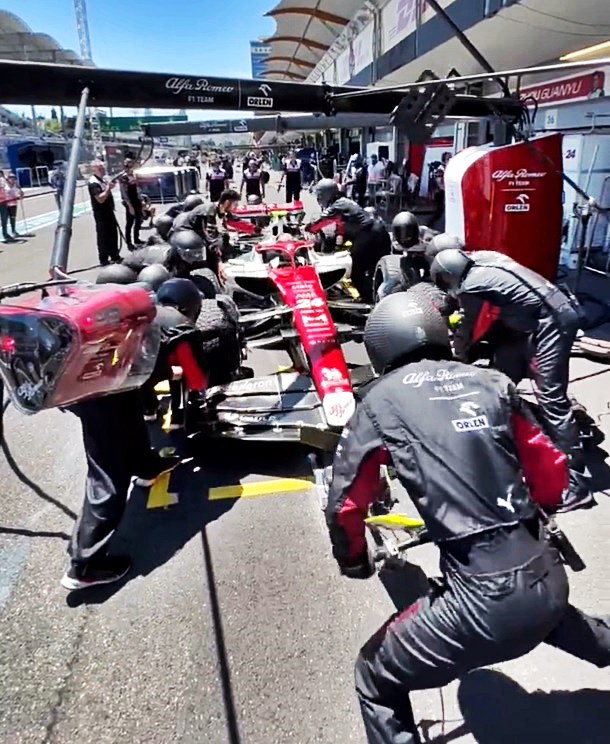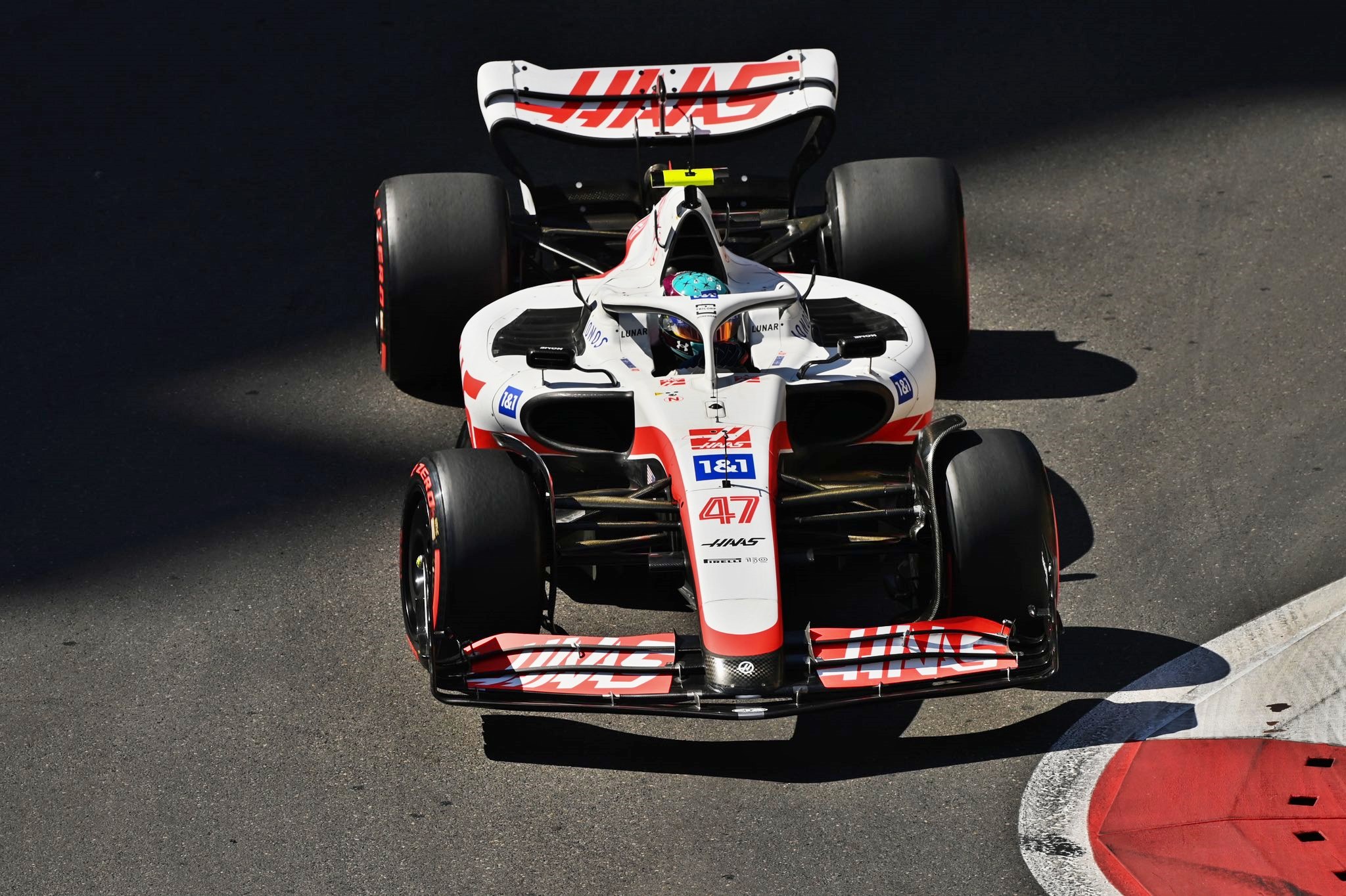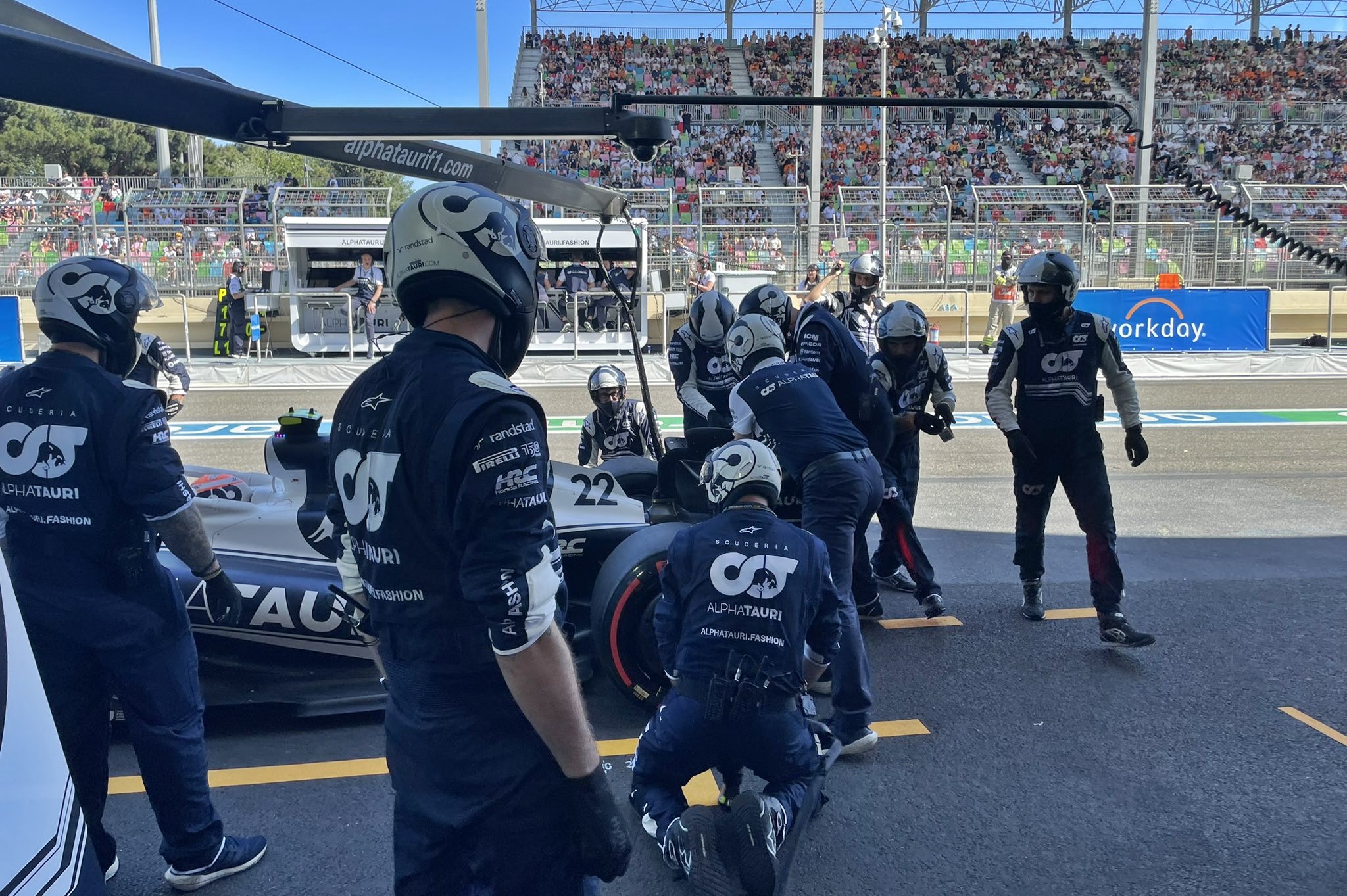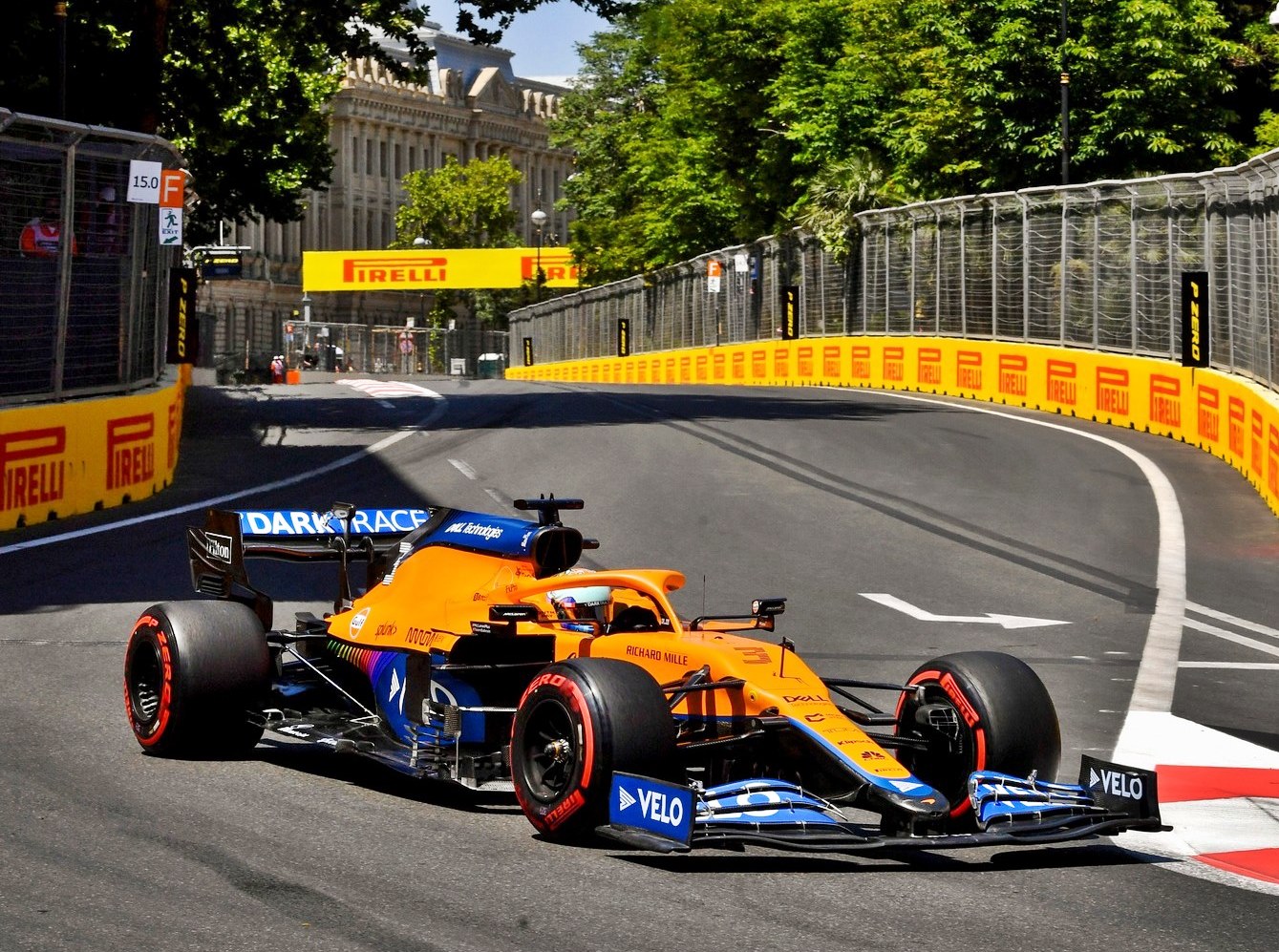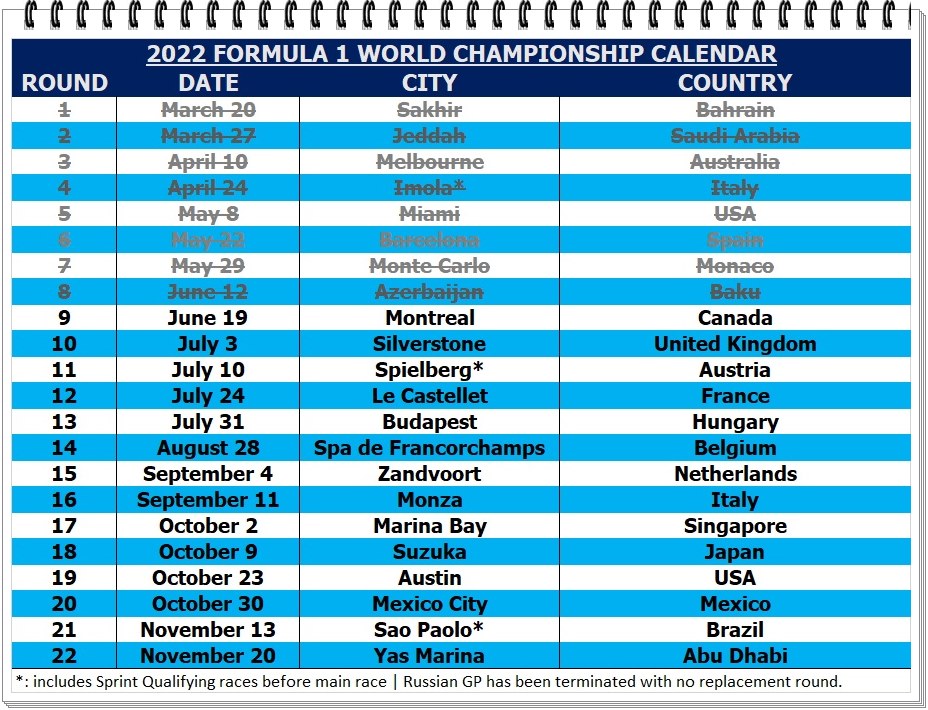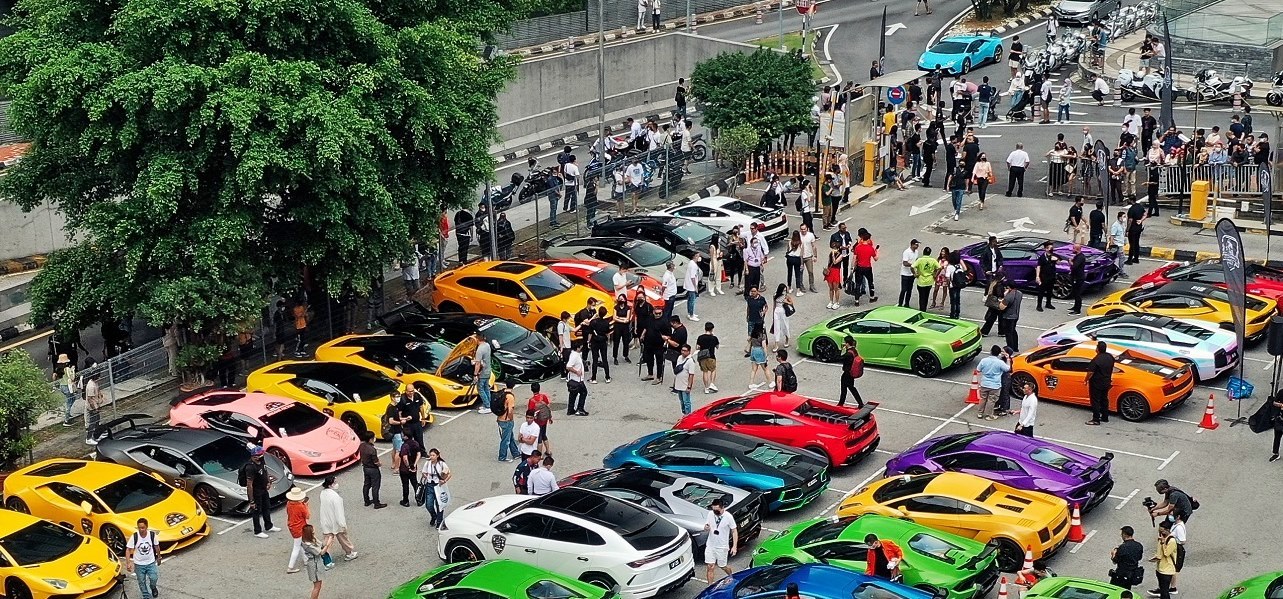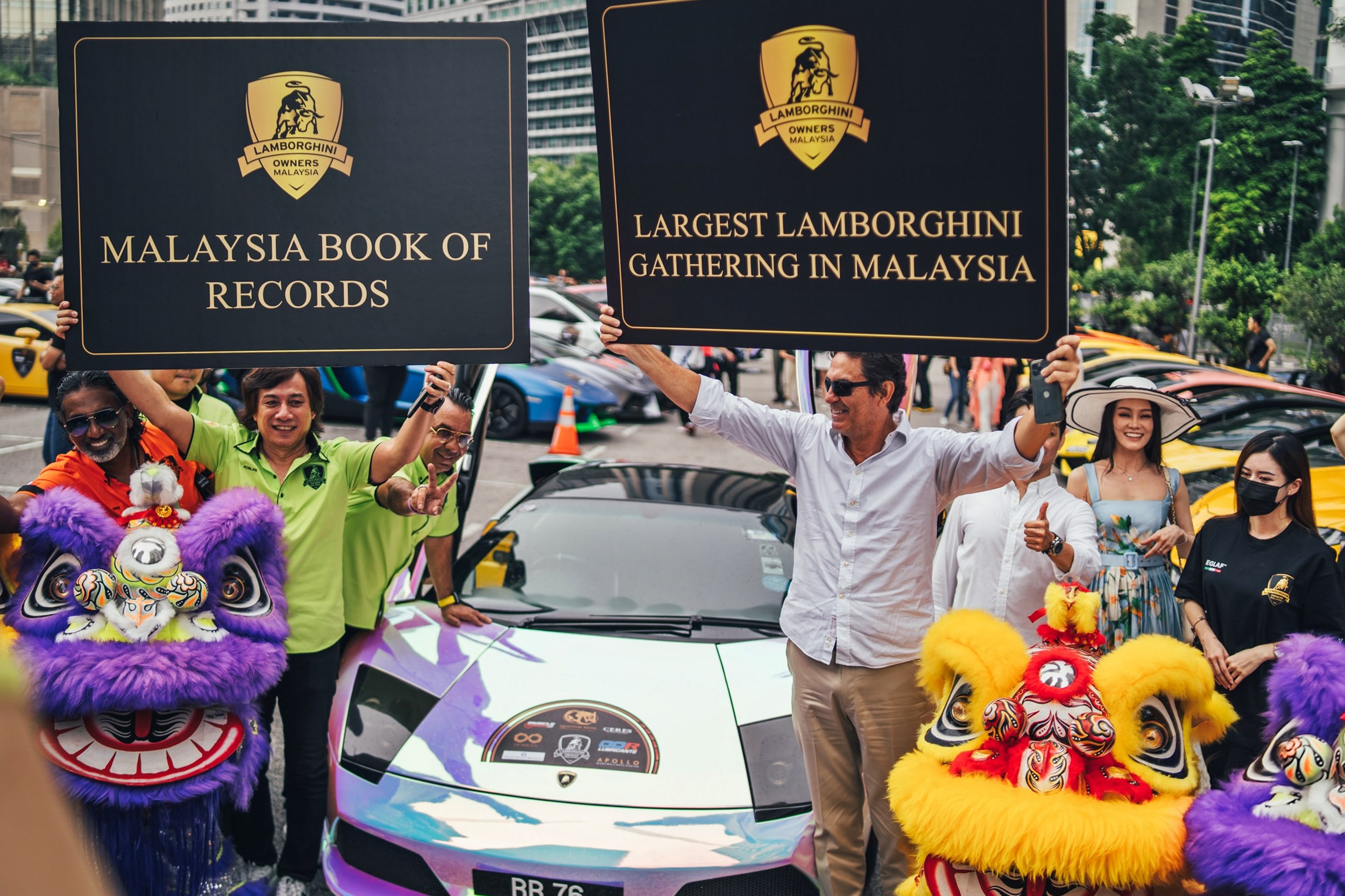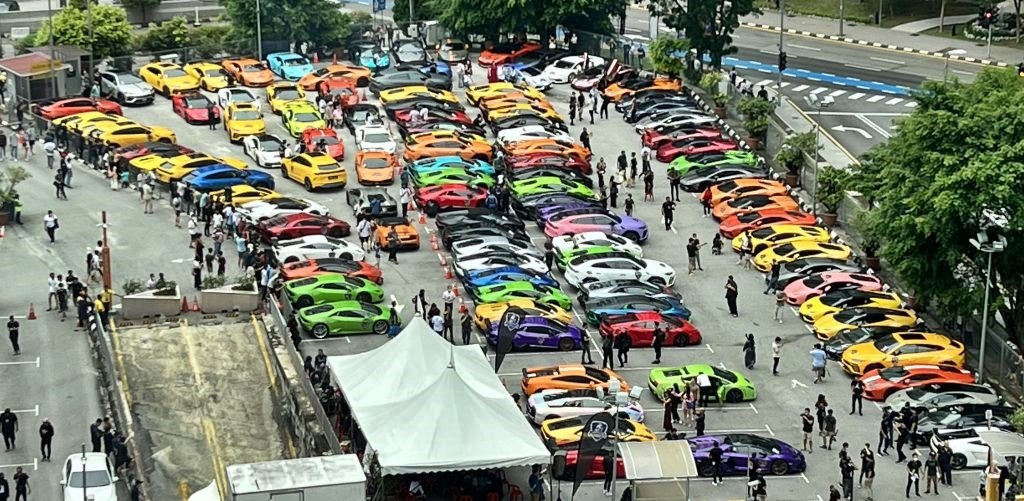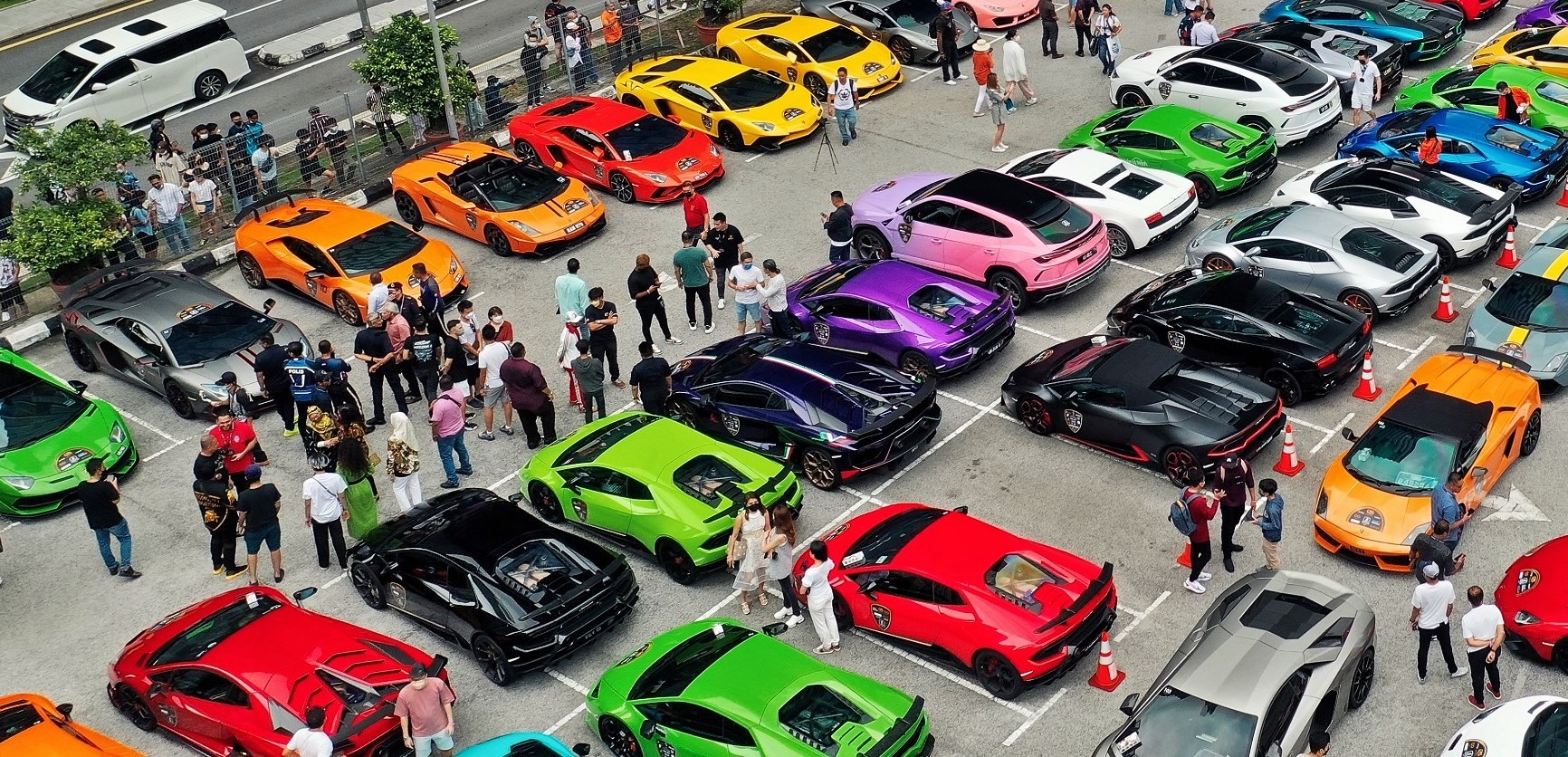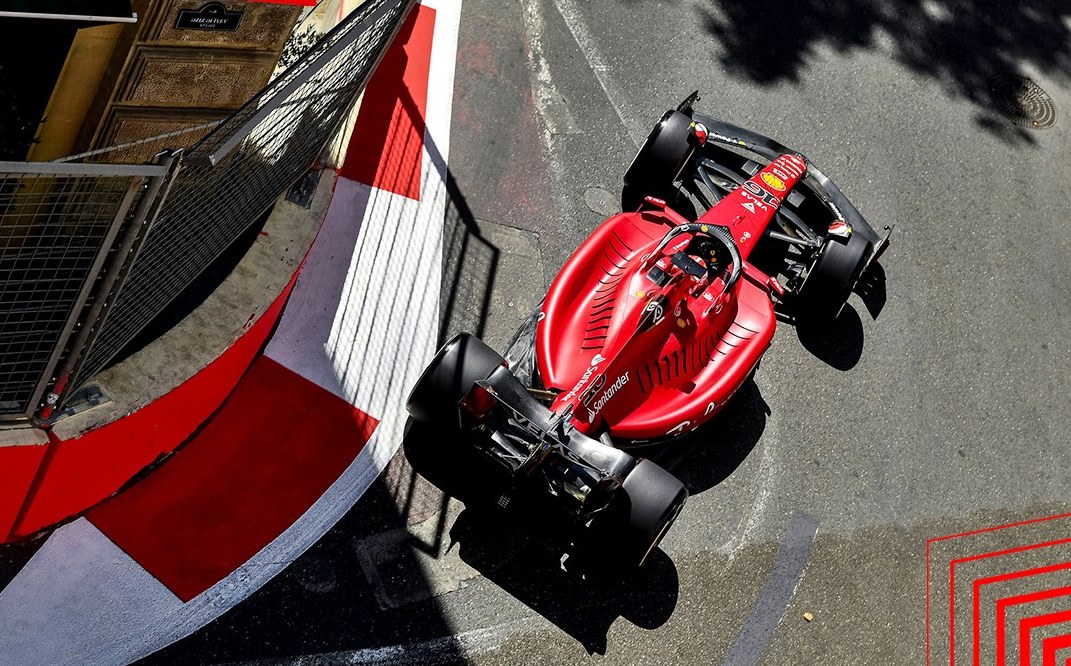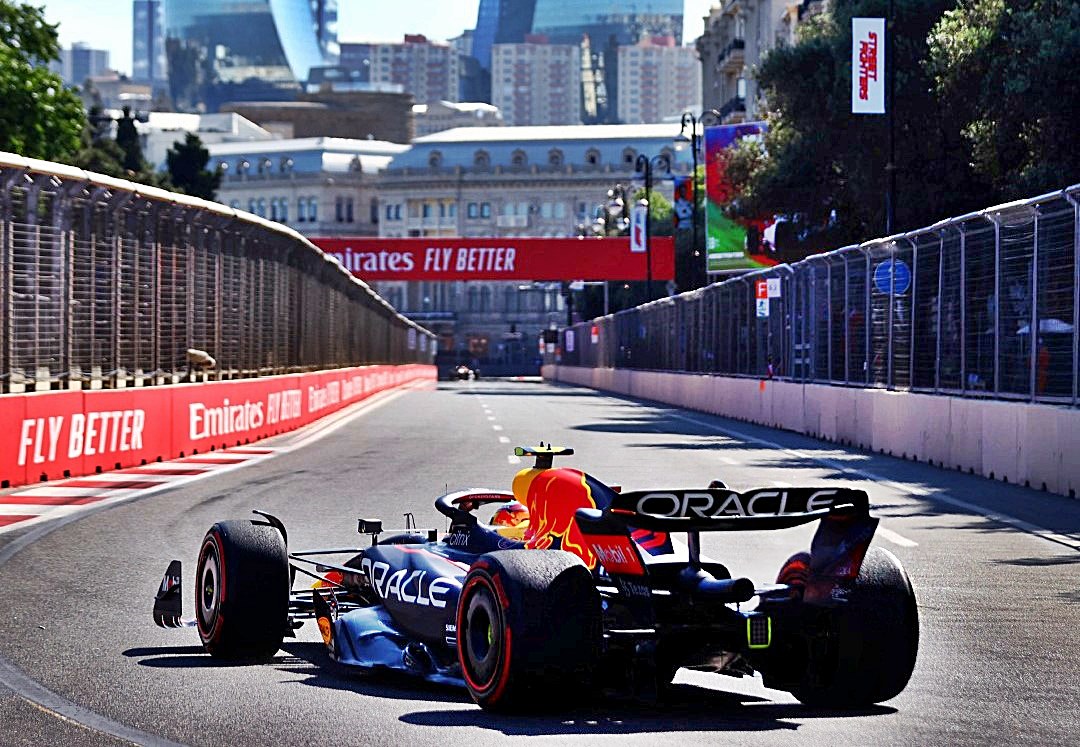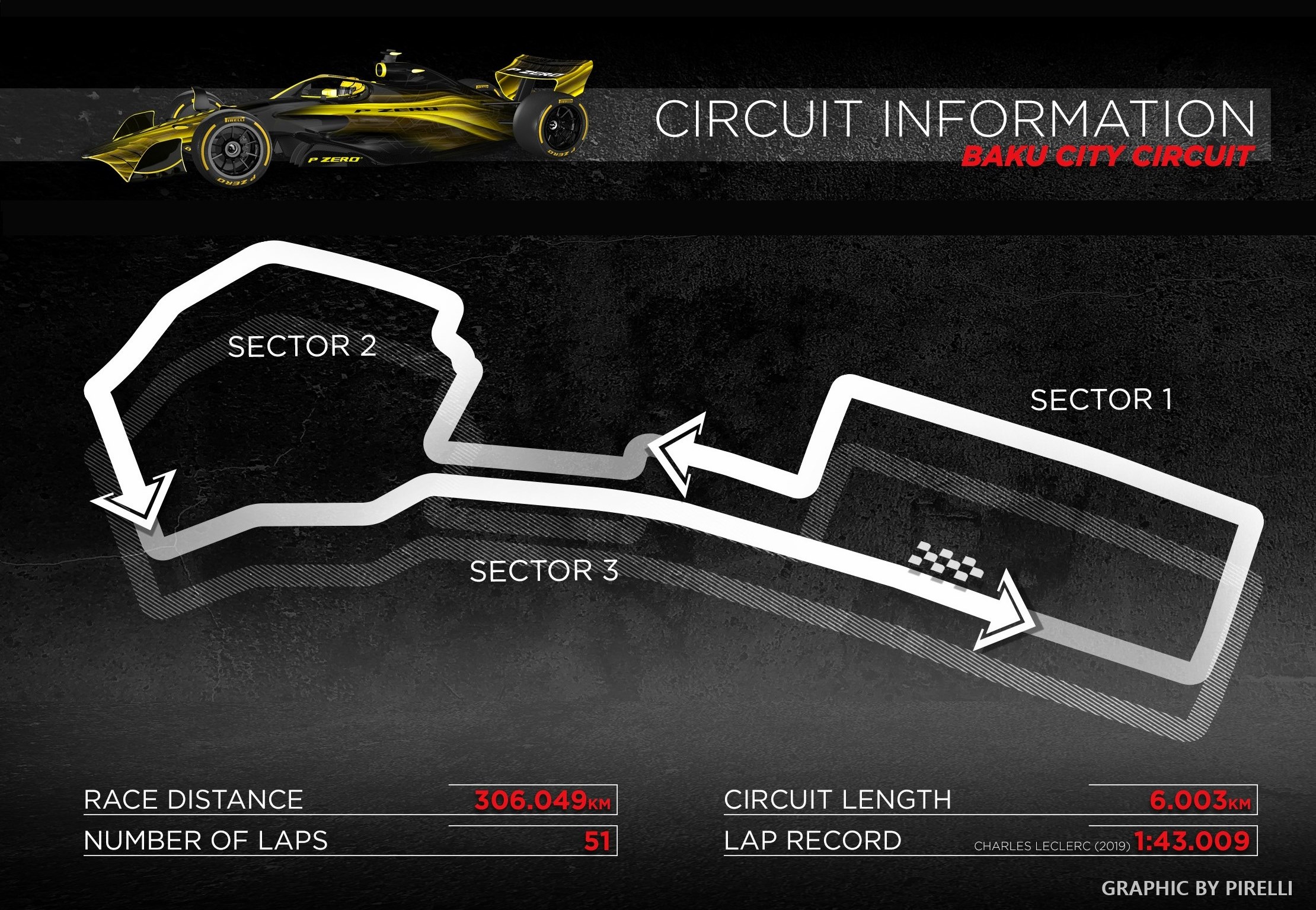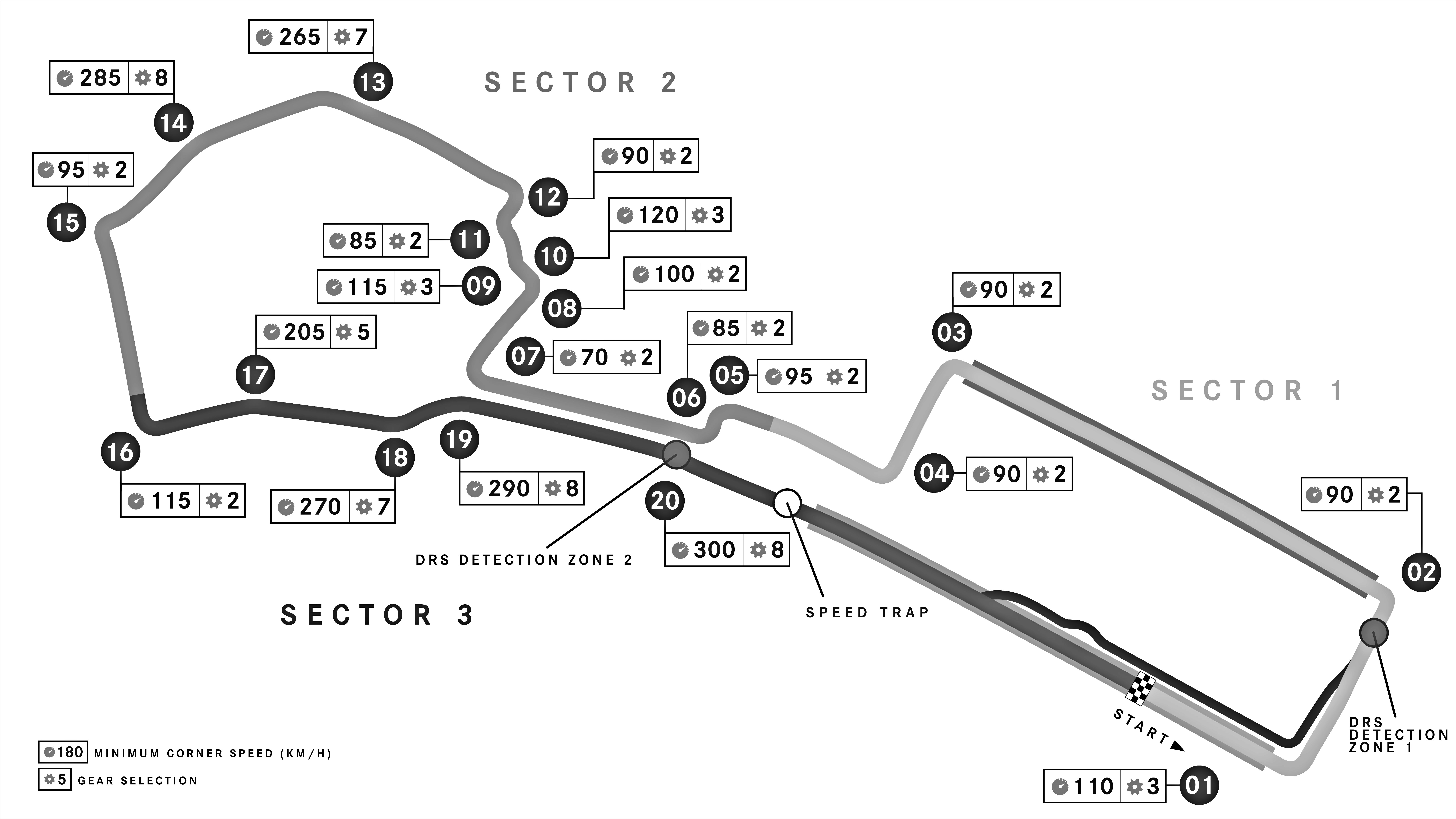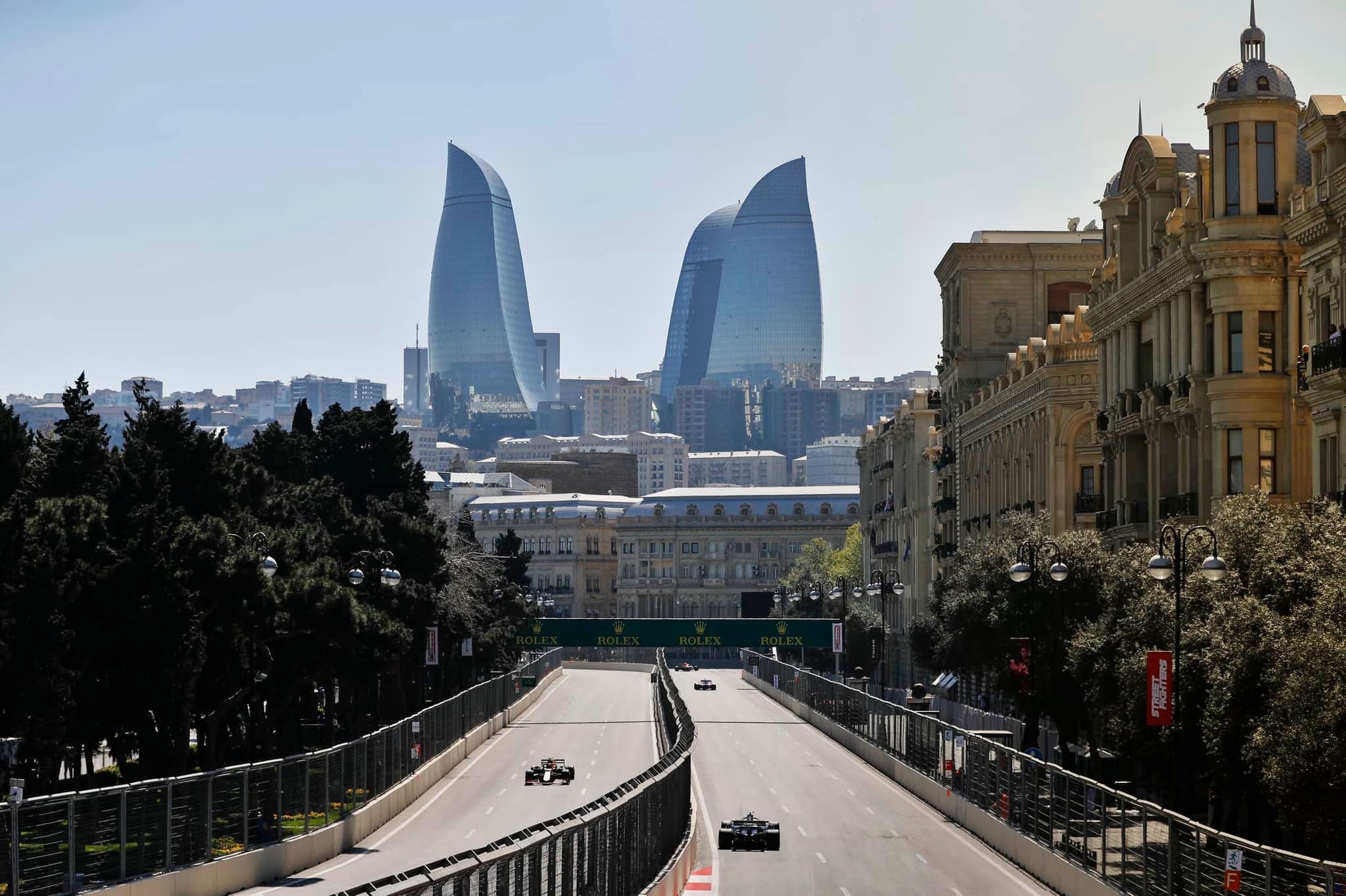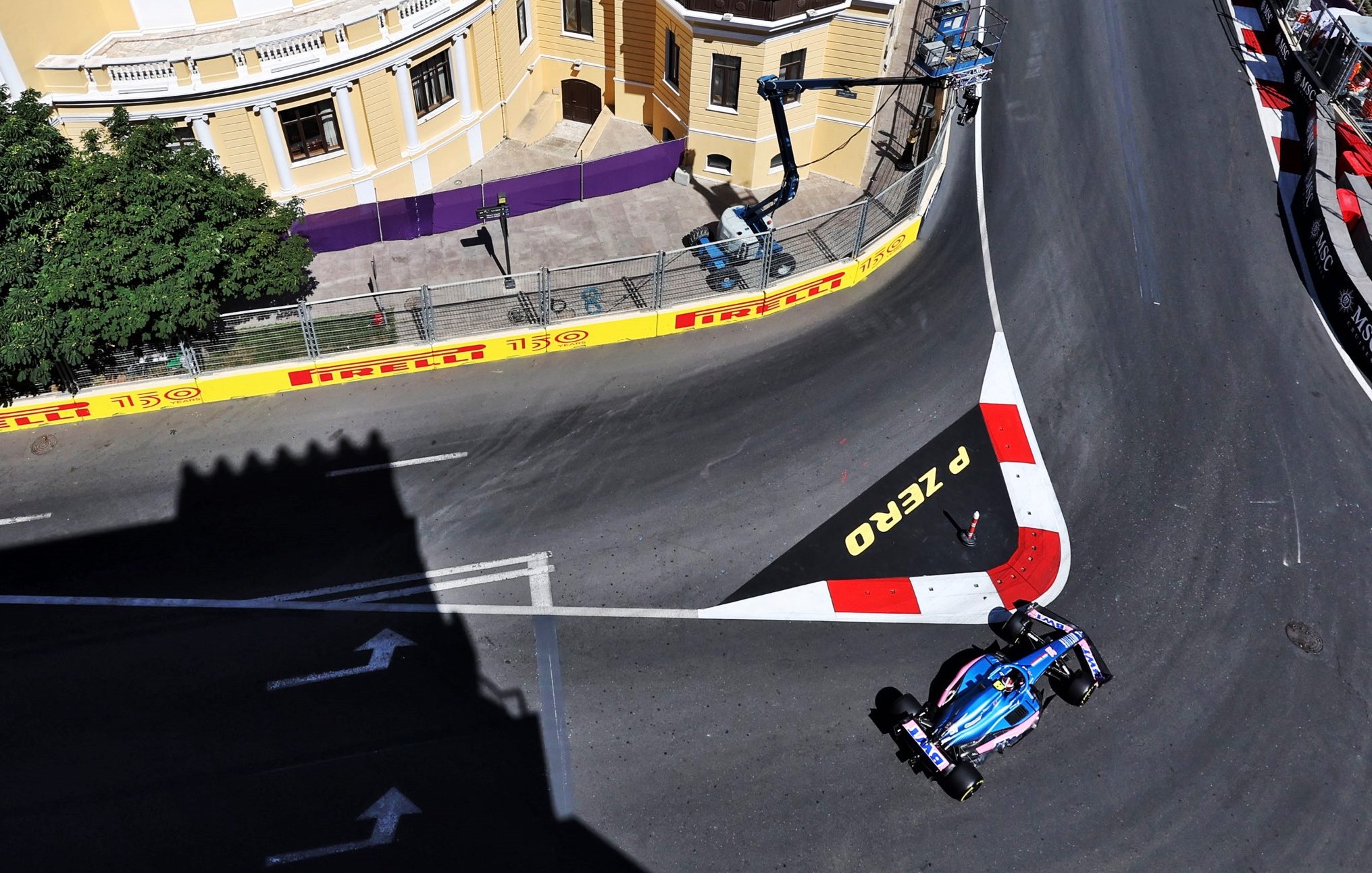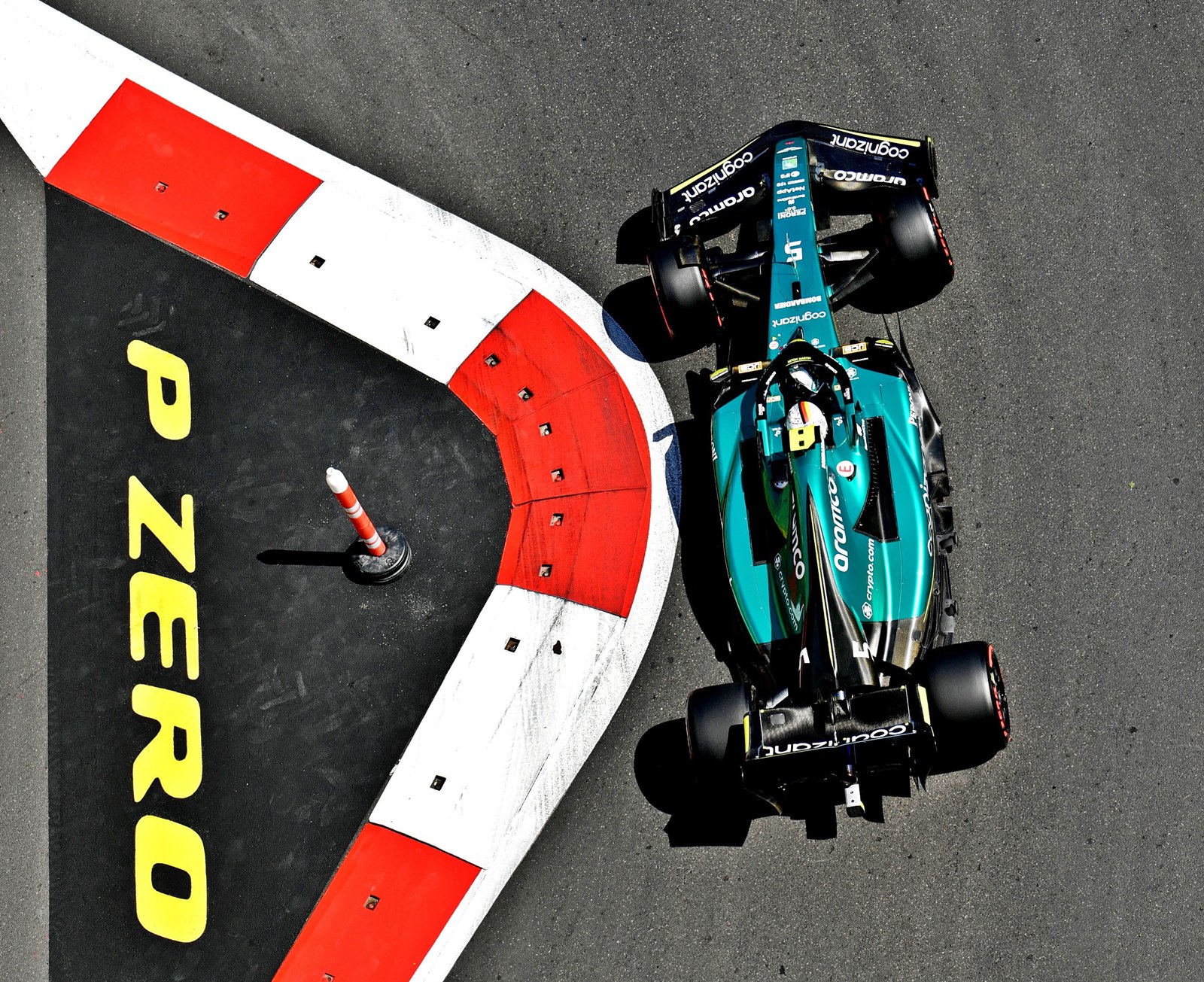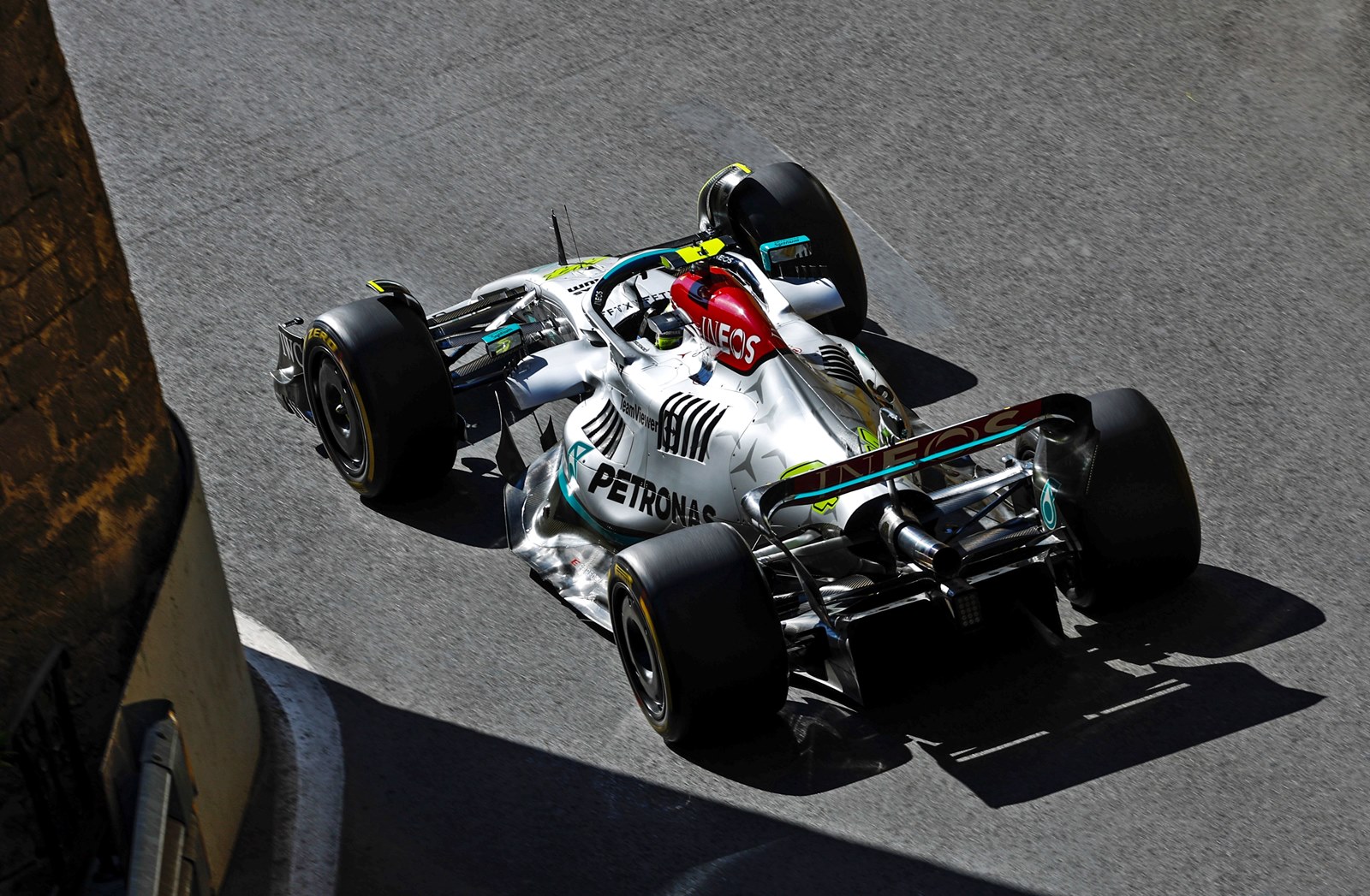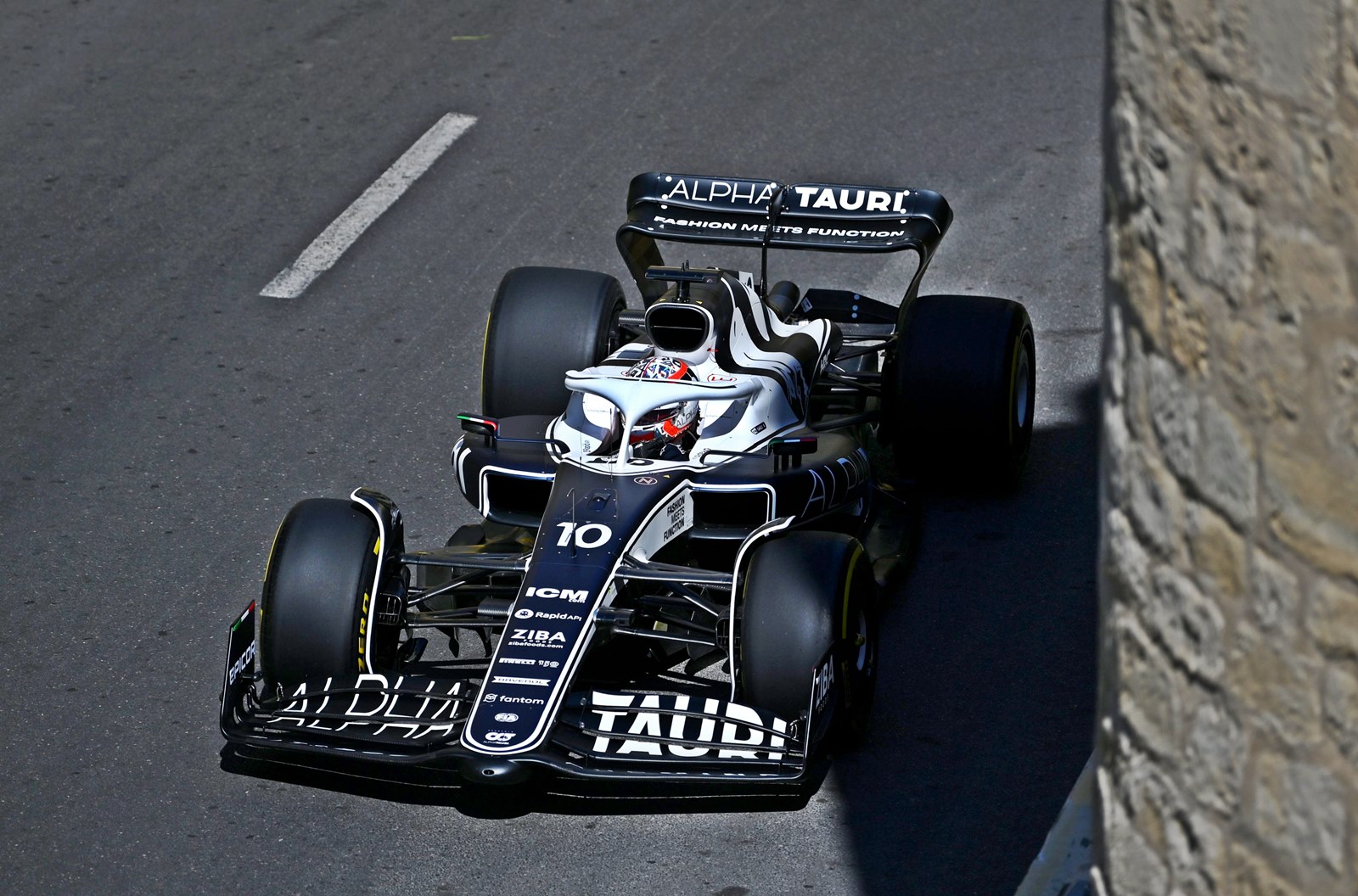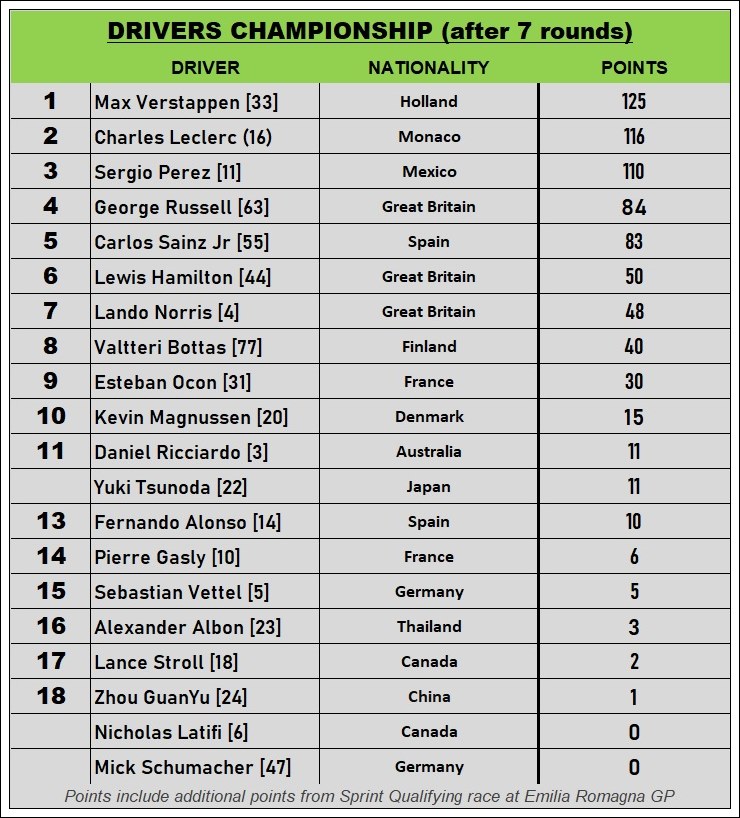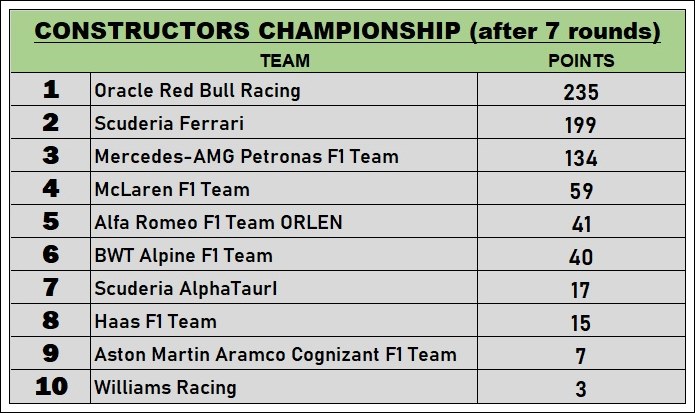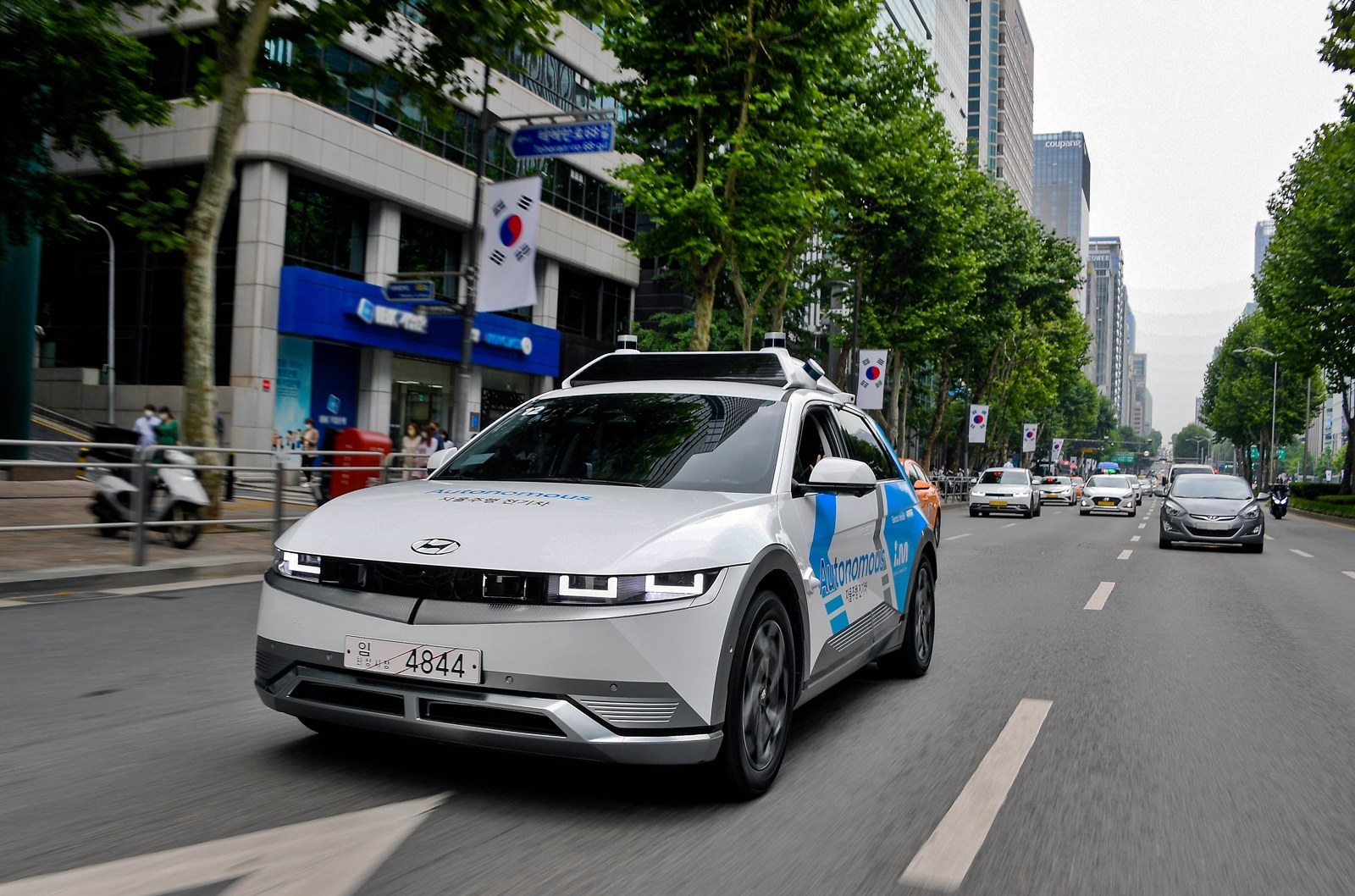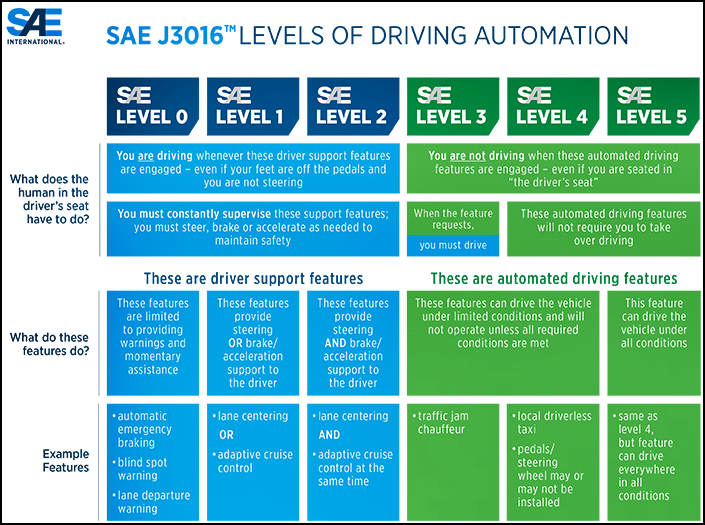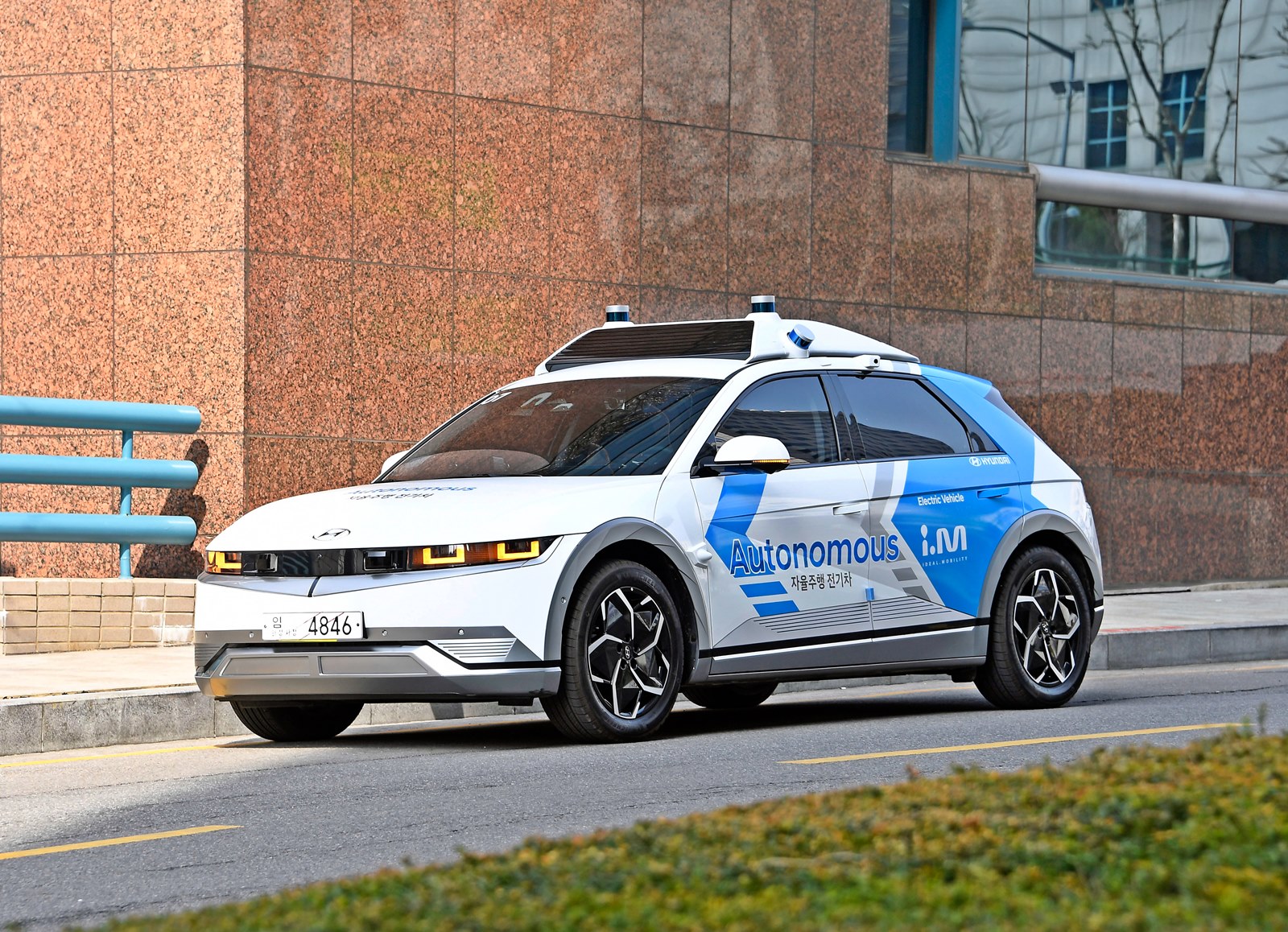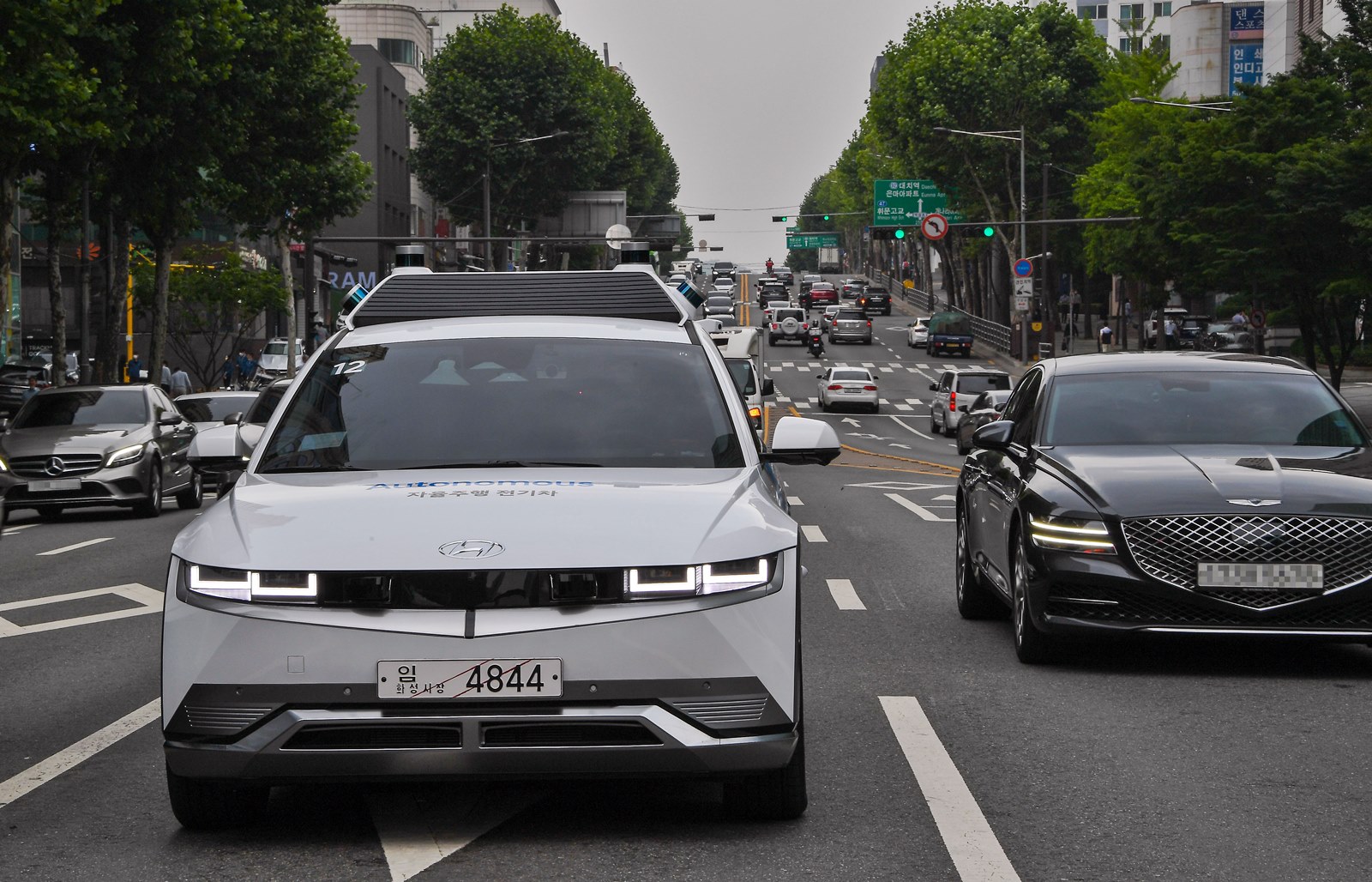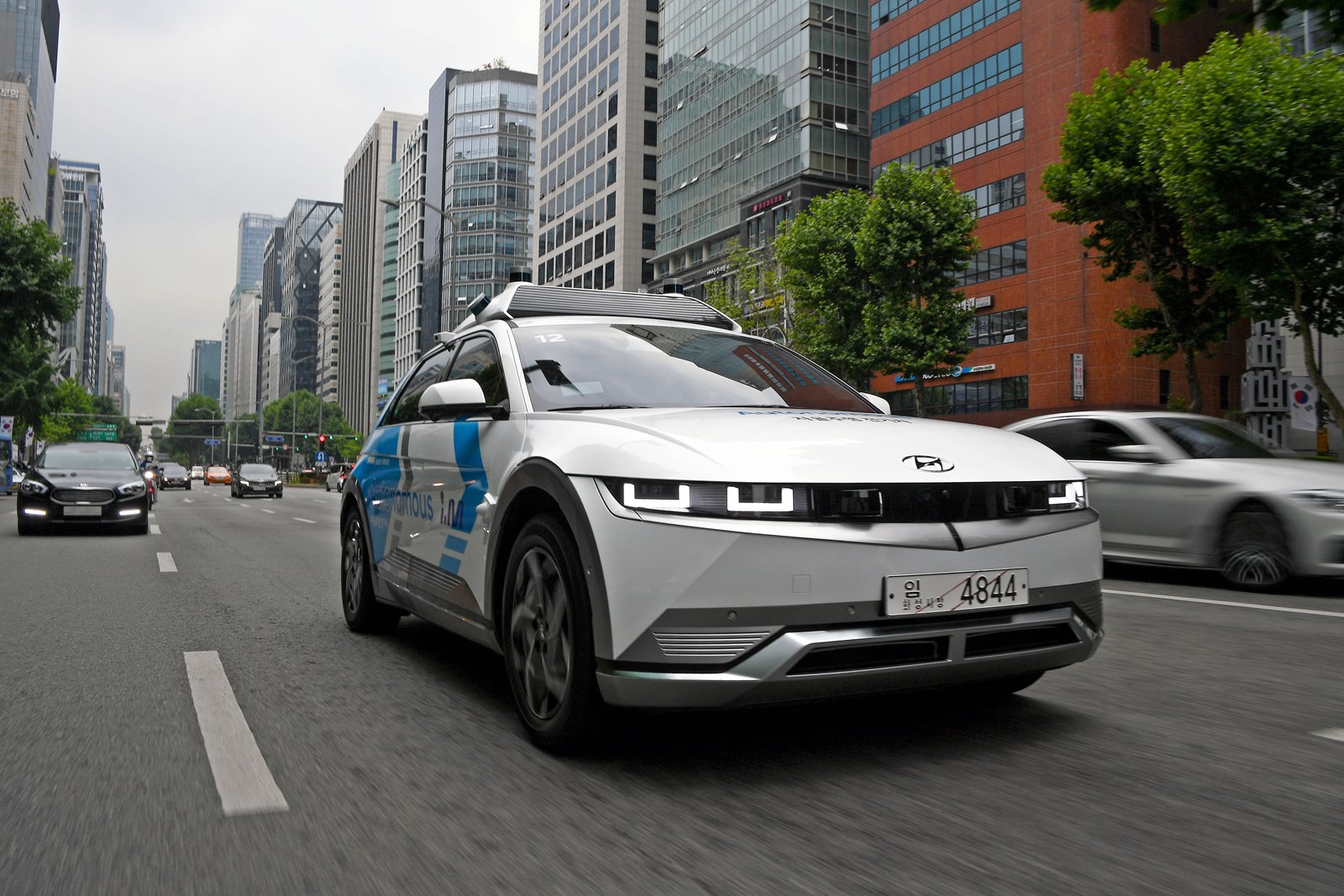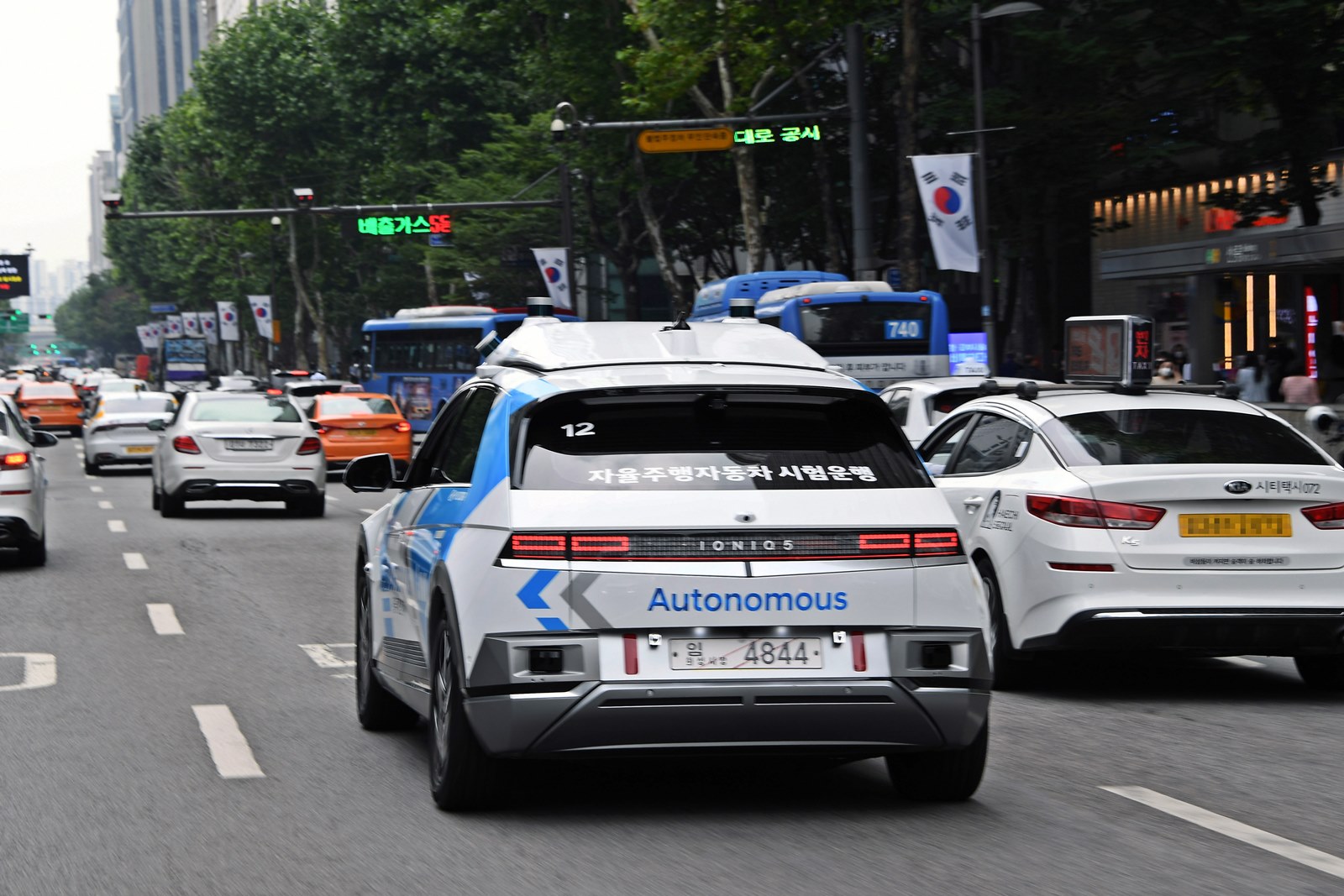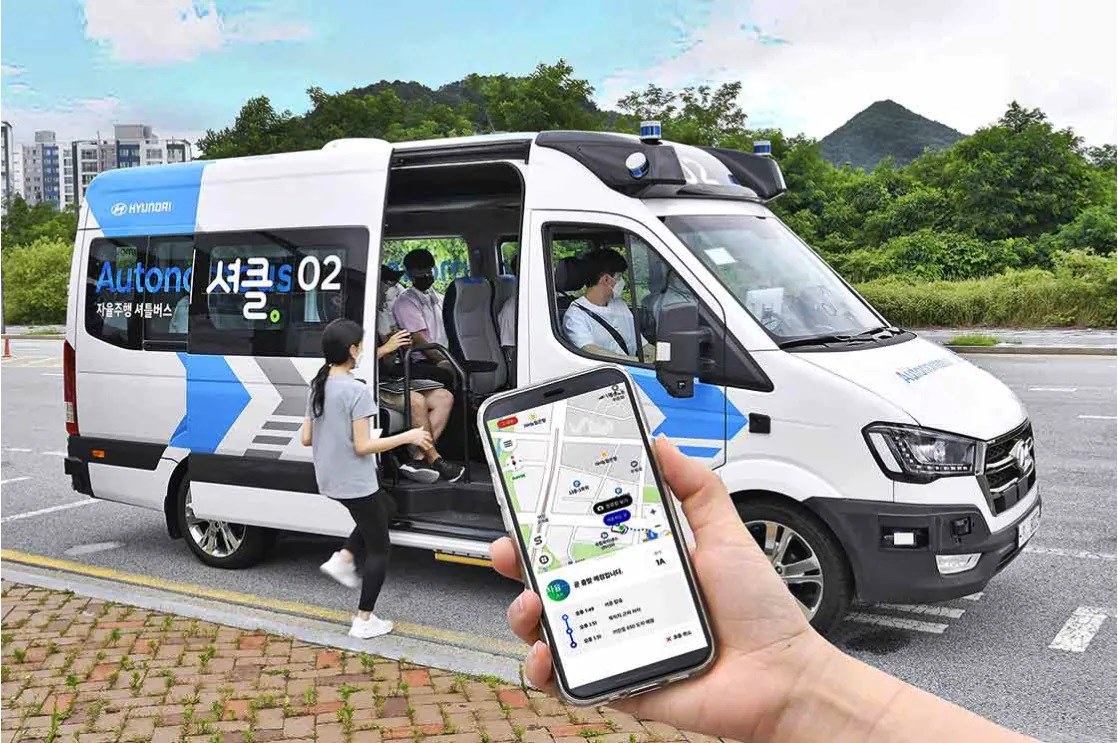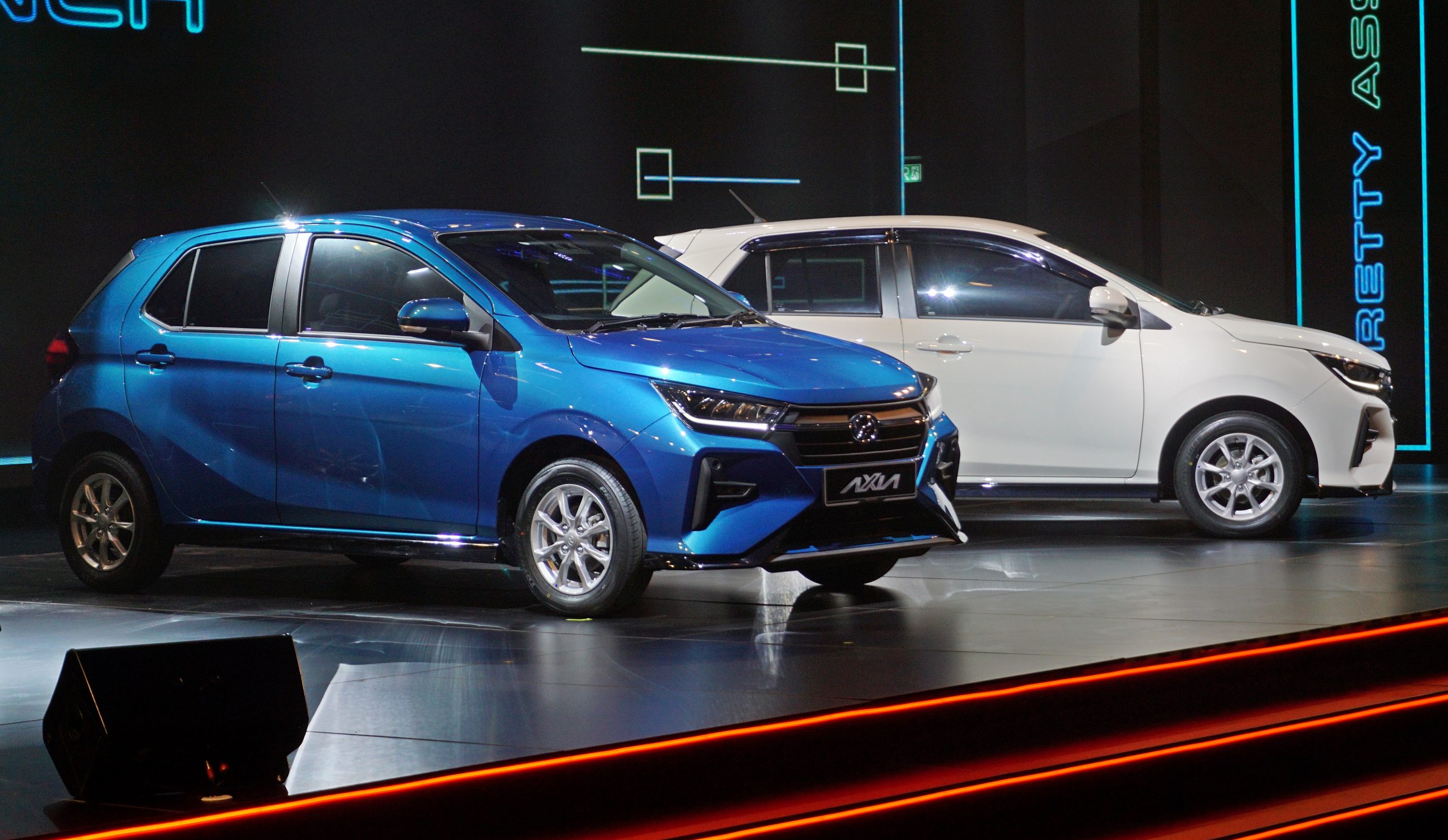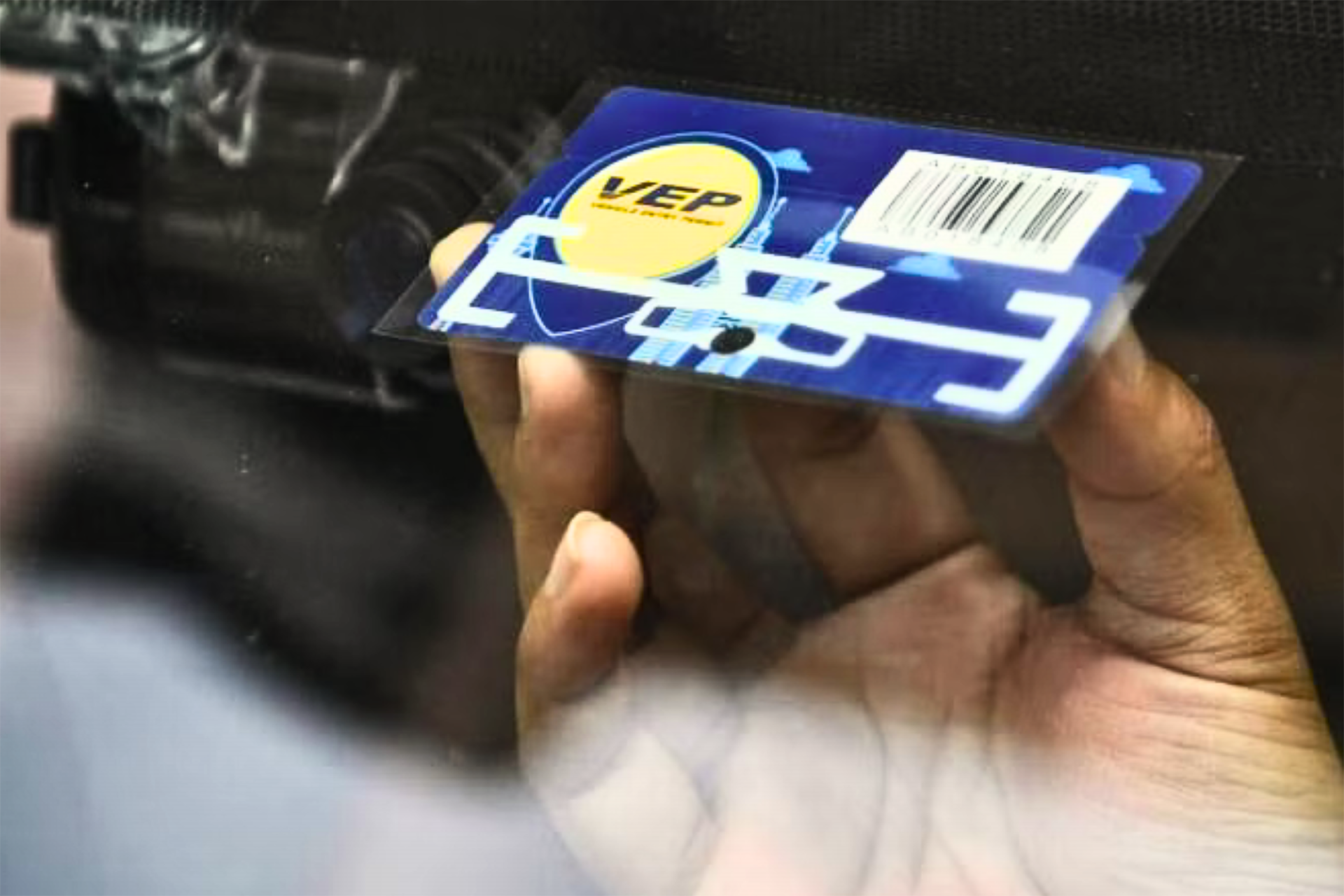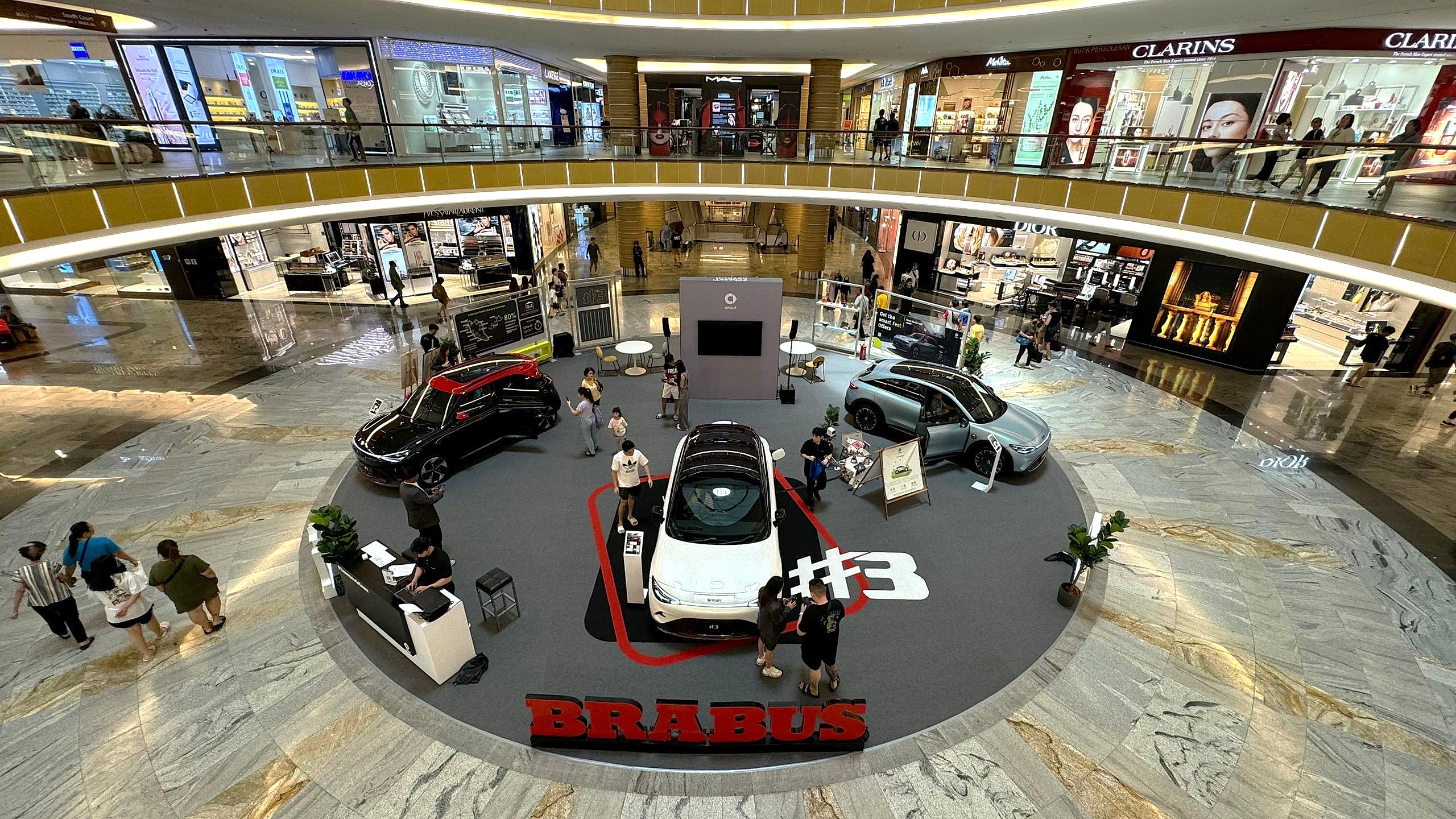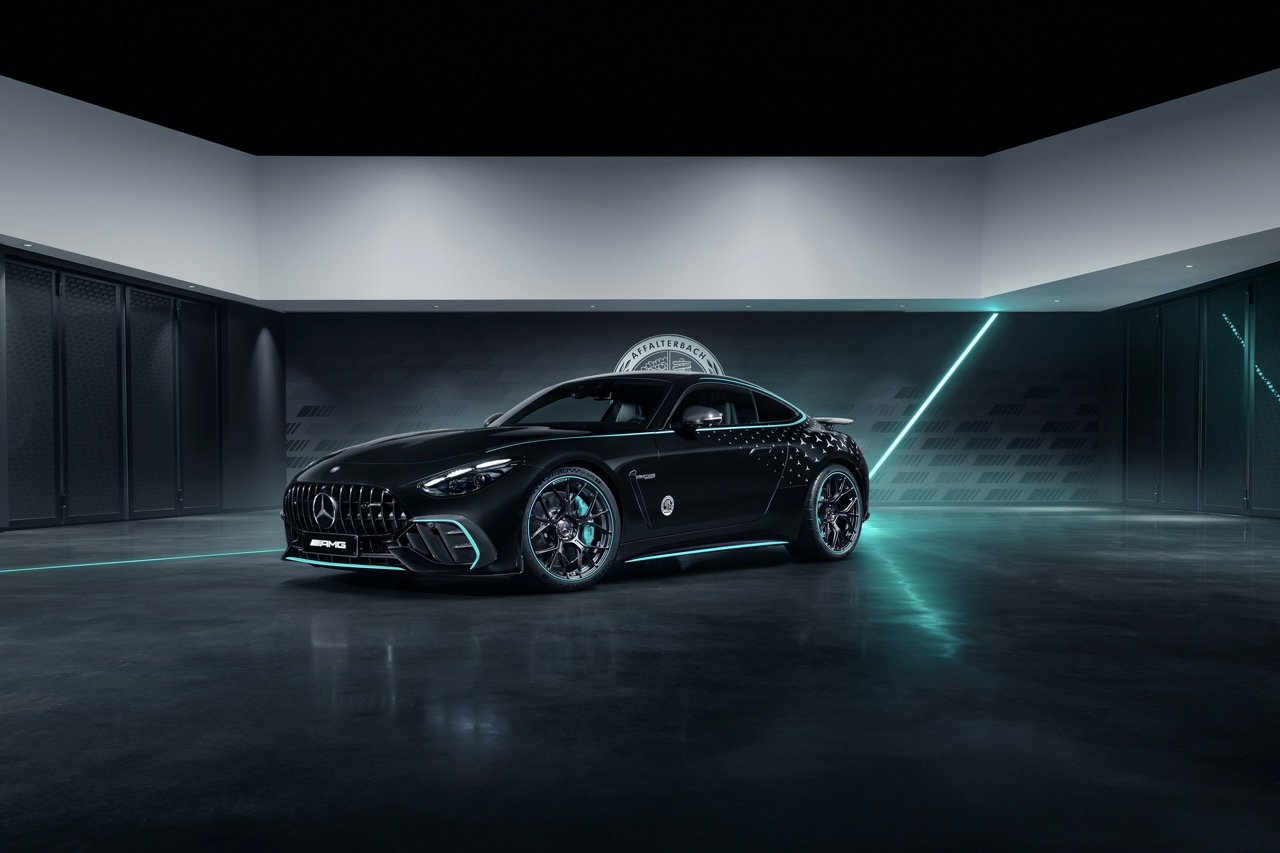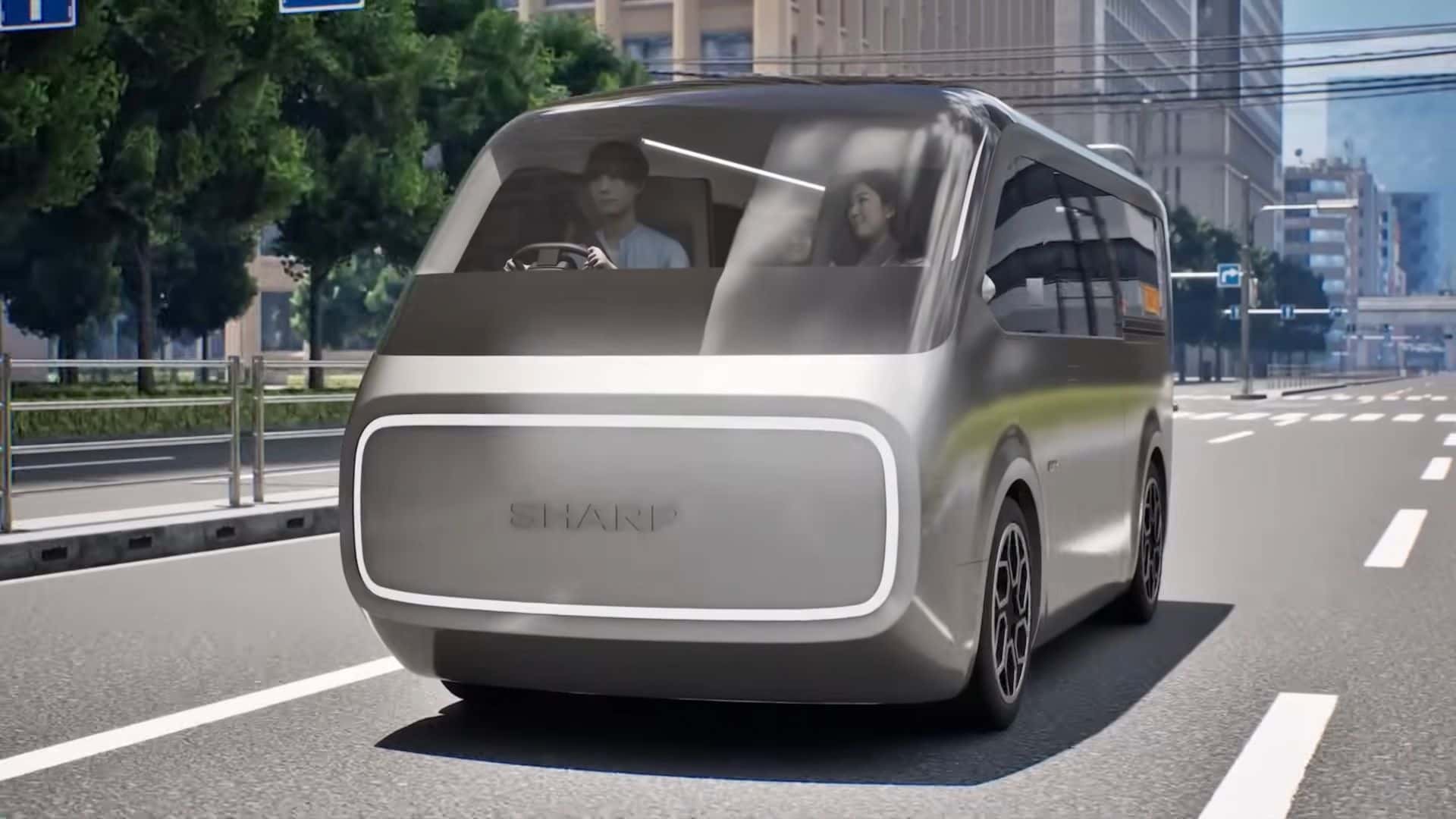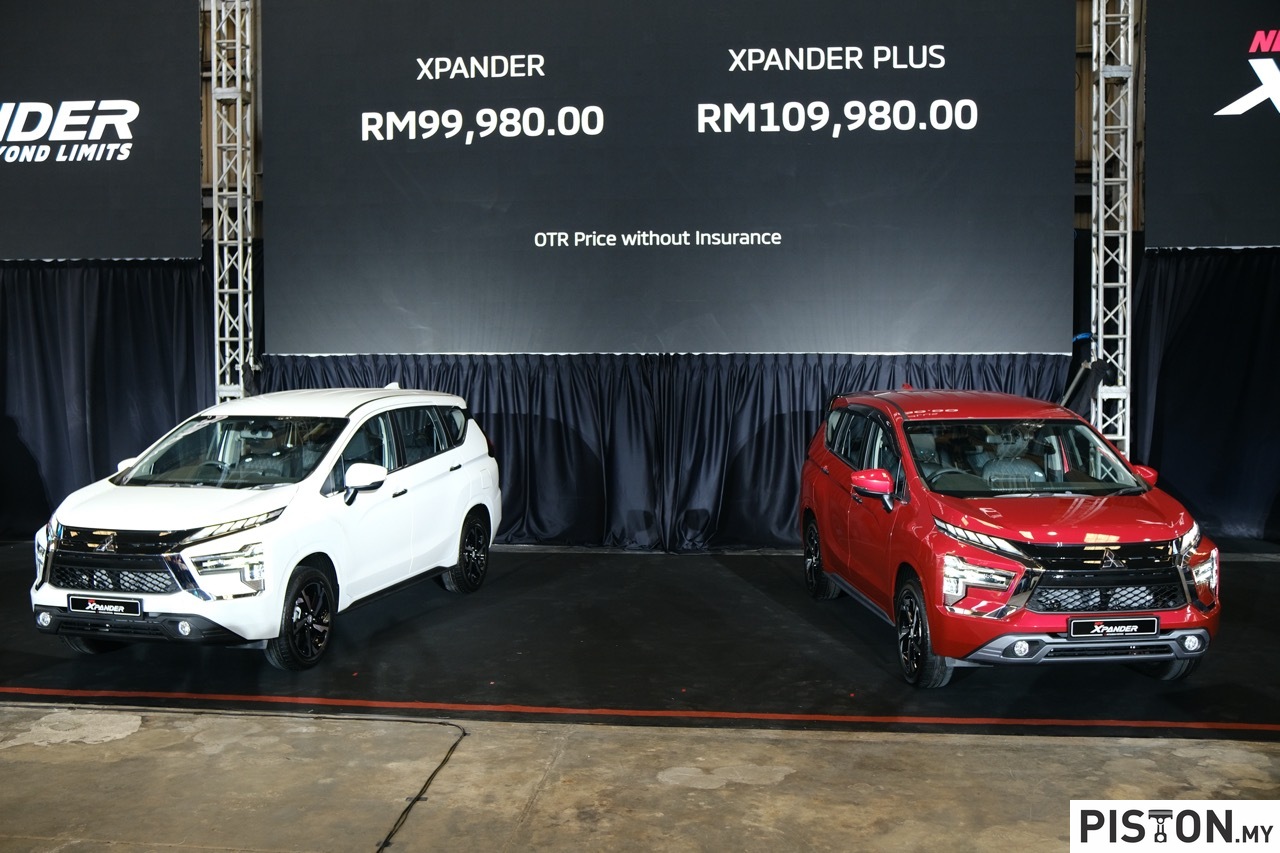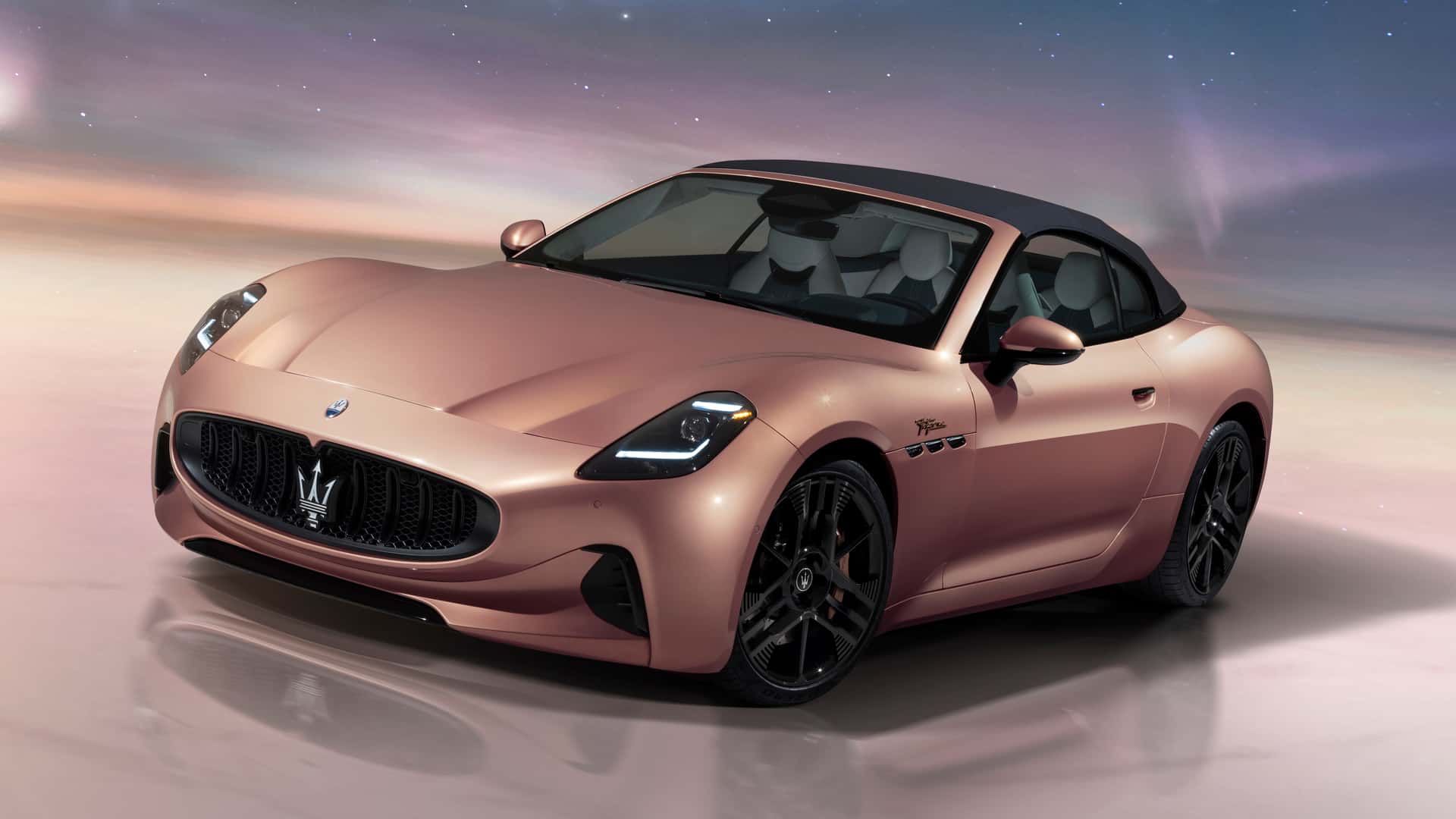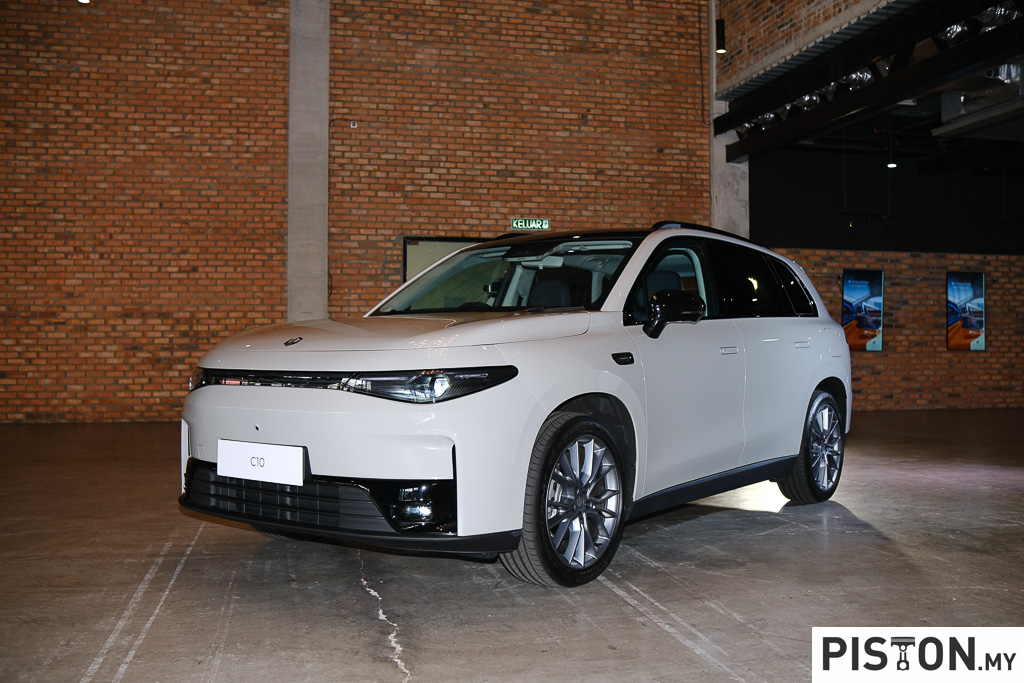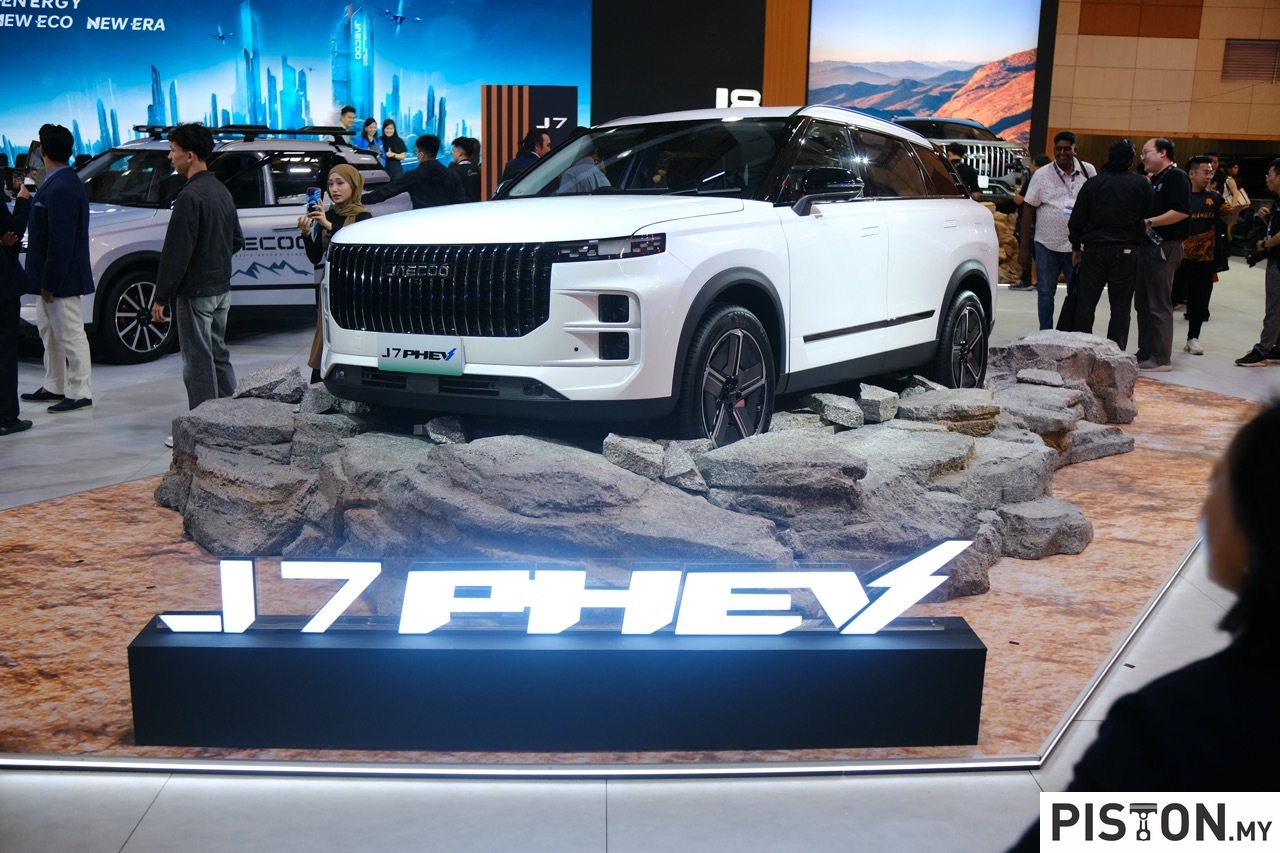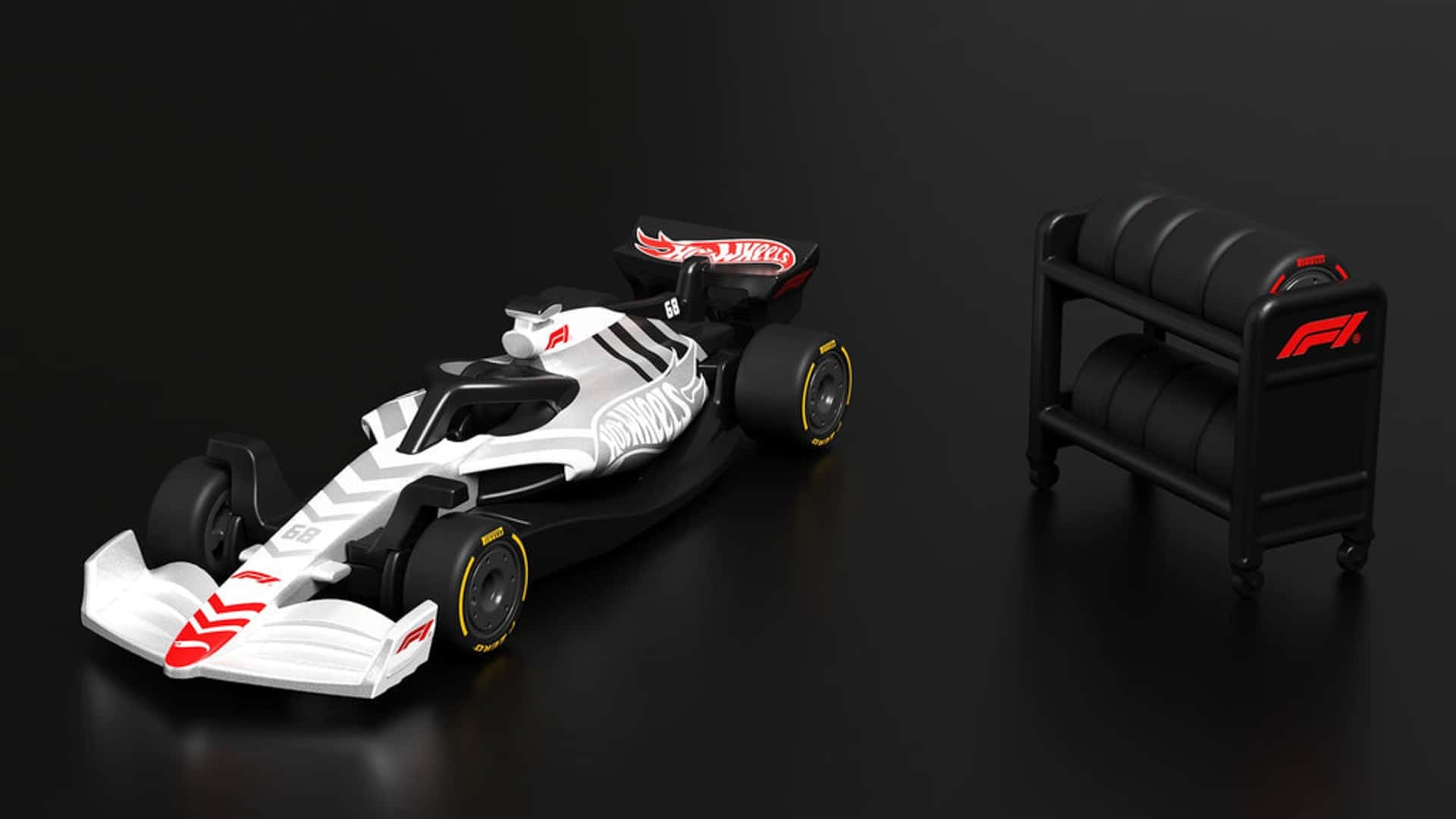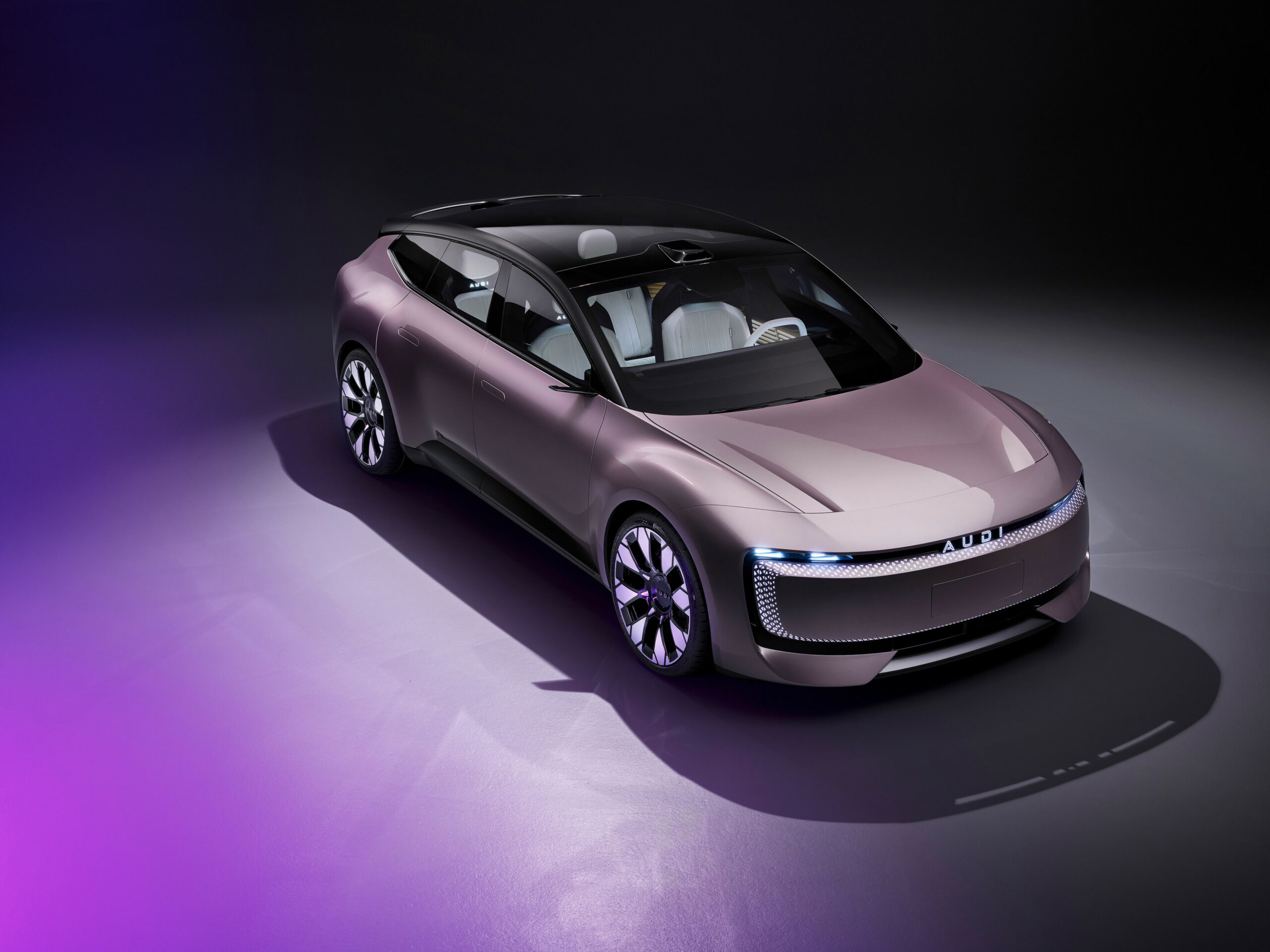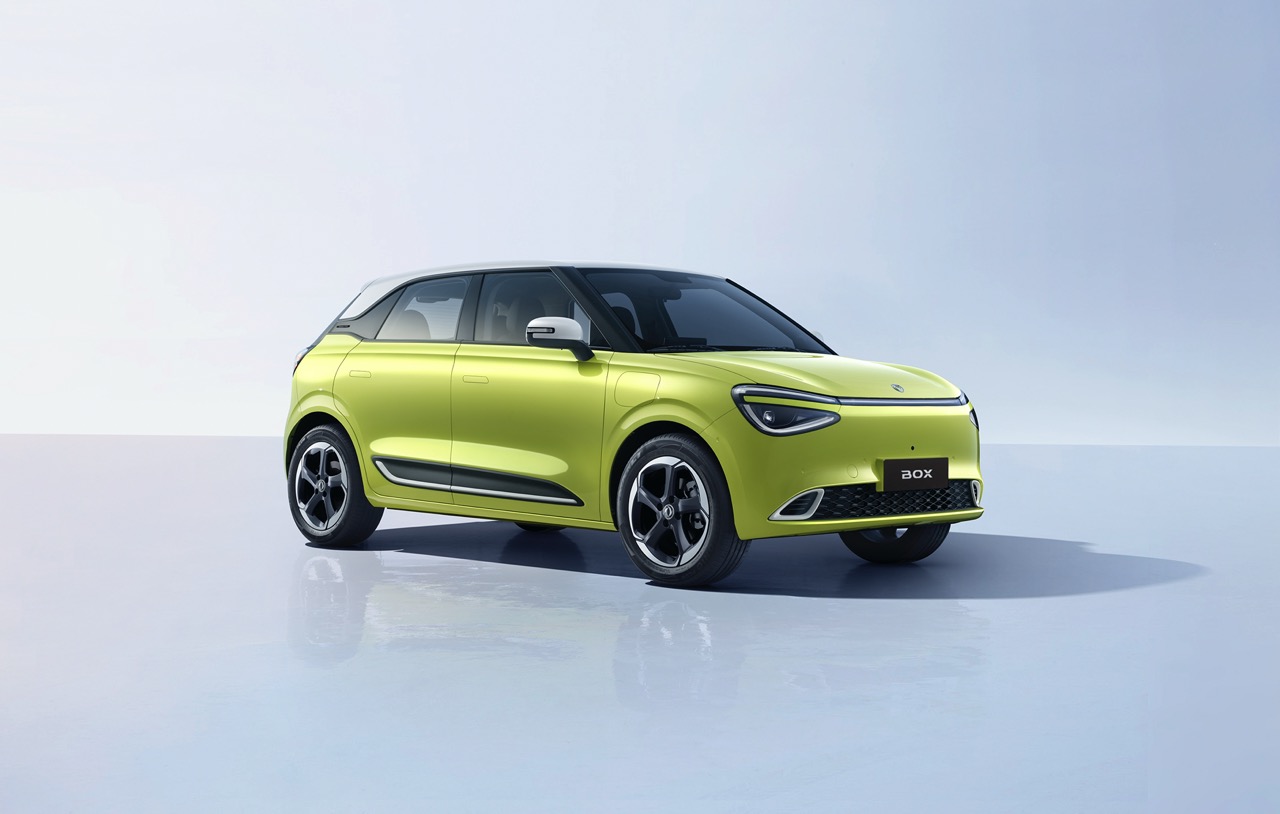The latest Jaguar XF is now available from Jaguar Land Rover Malaysia (JLRM), the model updated with a new distinctive exterior design and enhanced interior. Priced from RM498,800 (with 10% sales and service tax, but excluding roadtax, registration fees and insurance), the new Jaguar XF will be available in the R-Dynamic version. Orders are now accepted at the showrooms.
This version comes with a revised front-end design that features a new grille with a repositioned ait intake. The Full LED headlights not only provide strong illumination but also a ‘Double J’ visual signature to identify the XF from afar. The rear bumper profile has also been given a sleek profile.
The enhanced interior maintains the luxury and comfort for which all Jaguar models are known. Its dynamic and bold cockpit design has been devised with the driver’s experience in mind. The cockpit has a sportier centre console that merges into the dashboard.
A wider 11.4-inch curved glass HD full colour touchscreen is now provided and besides being 48% larger than before, it is also 3 times brighter for enhanced clarity. The latest Pivi Pro infotainment system has a simplified menu structure that streamlines access to common tasks from the home screen in two taps or less.
With enhanced connectivity, using Apple CarPlay or Android Auto, drivers can easily connect their smartphones to the touchscreen and use popular apps from the screen. There is now a wireless charging pad for compatible smartphones, making it unnecessary to have cables.
Other notable features with the latest XF include the segment-first Active Road Noise Cancellation technology which can help to reduce the noise levels within the cabin. The technology can lower disruptive noise peaks by 10 decibels and overall noise levels by 3 to 4 decibels. The system, which employs technology developed by Silentium, works like the noise cancellation systems in headphones. Tyre and road noise are constantly monitored by sensors on all 4 wheels and an opposite frequency is generated (through the Meridian sound system) to cancel out the noises.
The new XF also benefits from the latest generation of driver assistance technology, providing alerts to the driver when there is a risk of an accident and taking action (like automatic braking) if the driver fails to act in time. Besides monitoring the position of the car in its lane and warning the driver when it starts to wander out of the lane, there is also a Driver Condition Monitor which will determine when the driver may be drowsy and recommend stopping for a break.
The version imported by JLRM has a 2-litre 4-cylinder Ingenium petrol engine powering the rear wheels. With an output of 250 ps/365 Nm, the claimed acceleration time from 0 to 100 km./h is within 7.1 seconds. Power delivery flows through Jaguar’s 8-speed automatic transmissions which also has a manual mode that the driver can use with shift paddles on the steering wheel.
“With performance at the heart of its DNA, the new Jaguar XF continues to redefine modern luxury. With its inspiring design, intuitive state-of-the-art technology and engaging dynamics, we are pleased to raise the bar once again to elevate the driving experience of our vehicles for customers,” said Syed Ahmad Muzri Syed Faiz, Managing Director of JLRM.
“We strive to offer world-class vehicles that suit the diverse needs and preferences of Malaysians. In line with this, the Jaguar XF is a mid-size luxury sedan that is best in its class, renowned for its superb performance. With continued robust growth in the luxury car market, we are confident that the latest model is a highly attractive option,” added Jeffrey Gan, Managing Director, Retail & Distribution, Sime Darby Motors Malaysia.
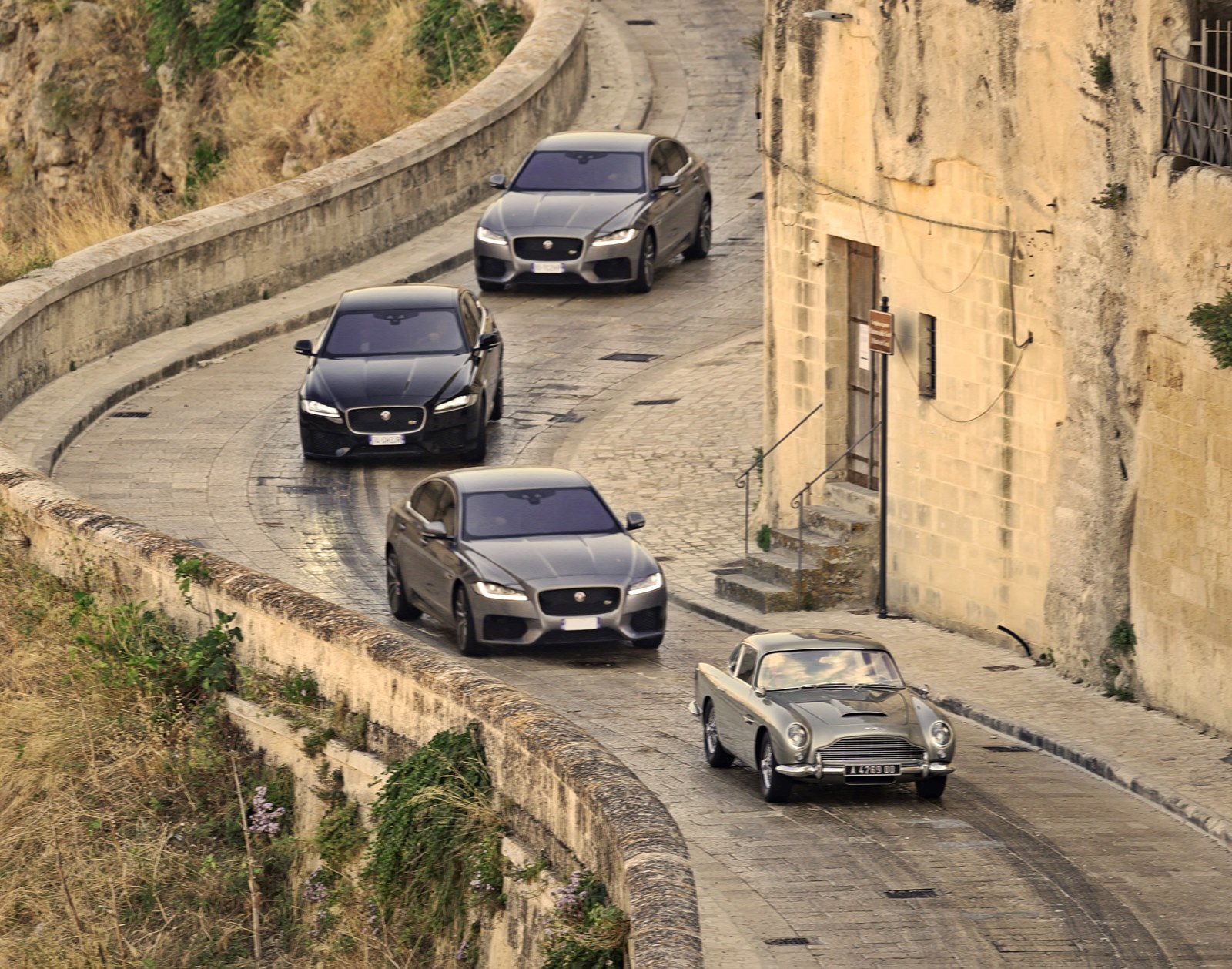
Jaguar Land Rover Malaysia showroom upgraded and now has Robot Assistants!





